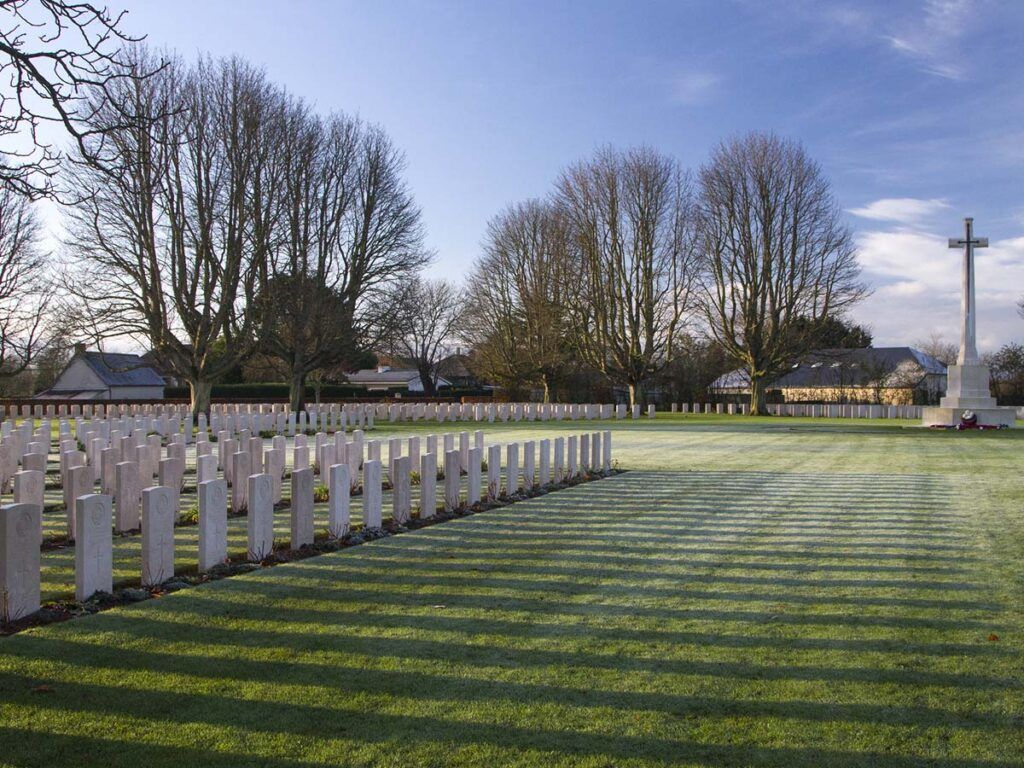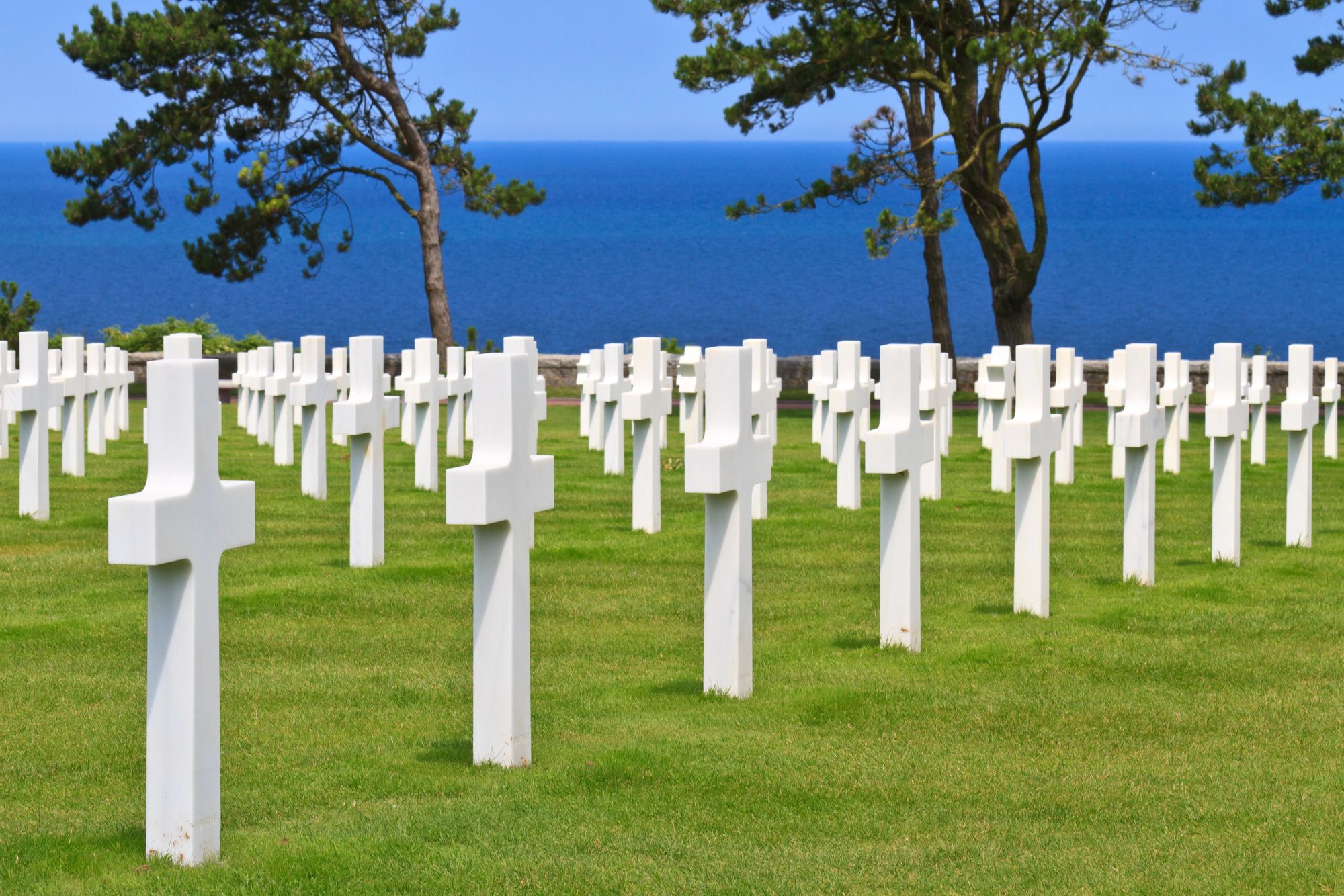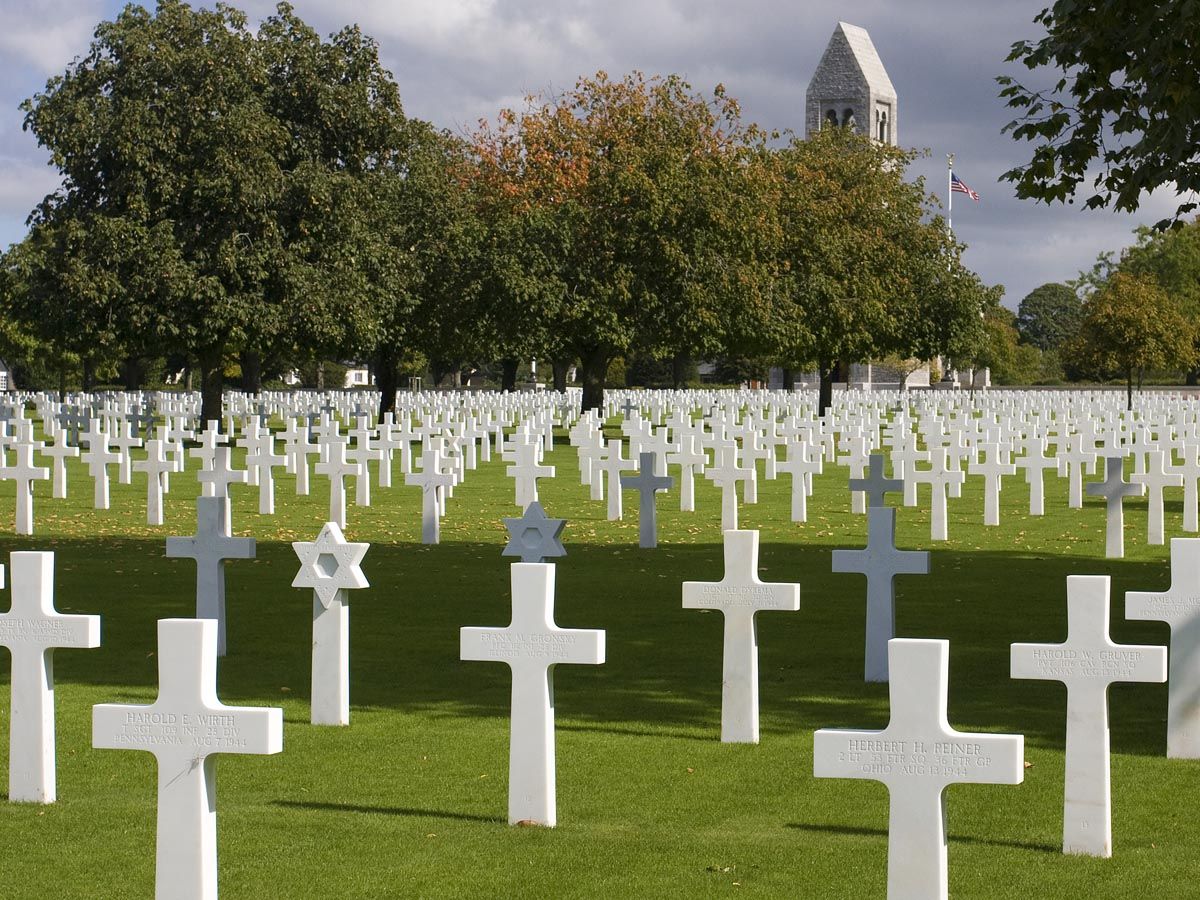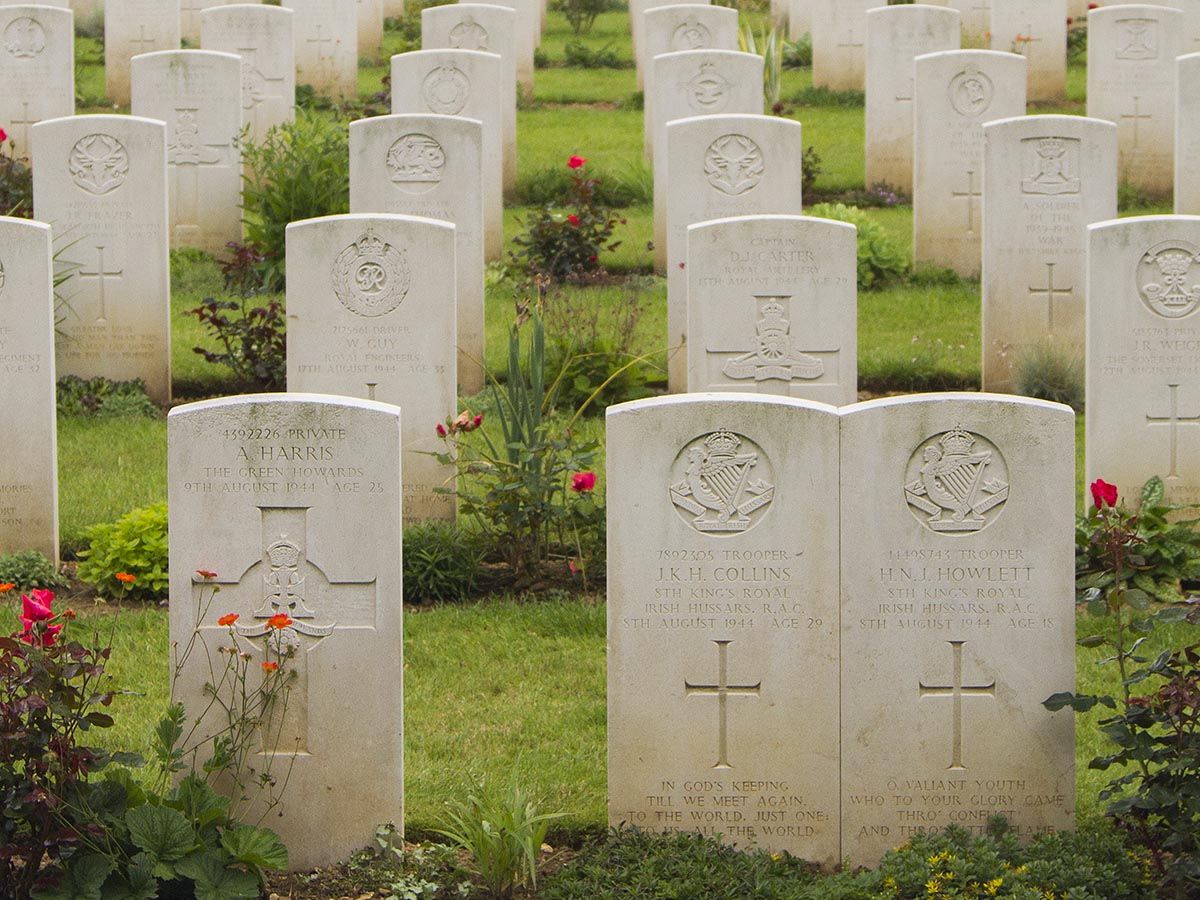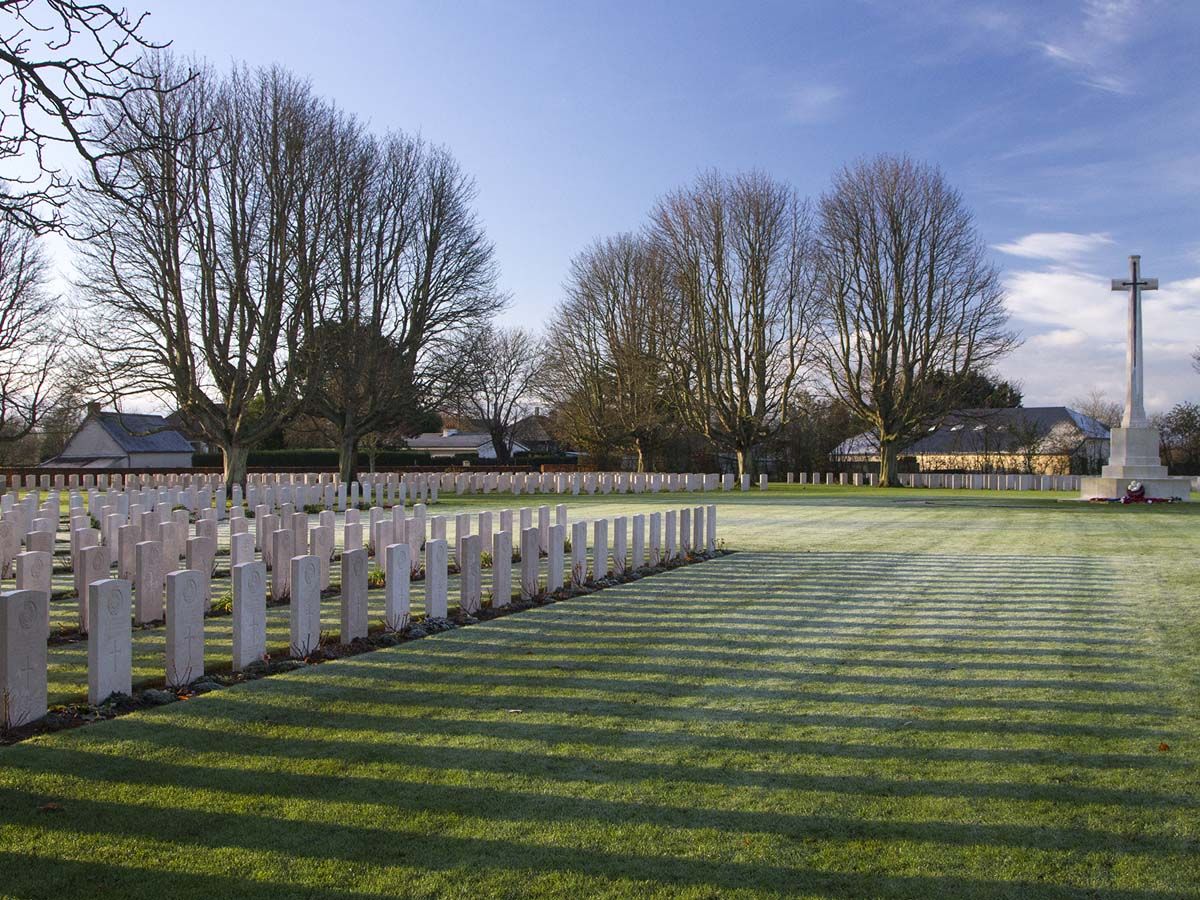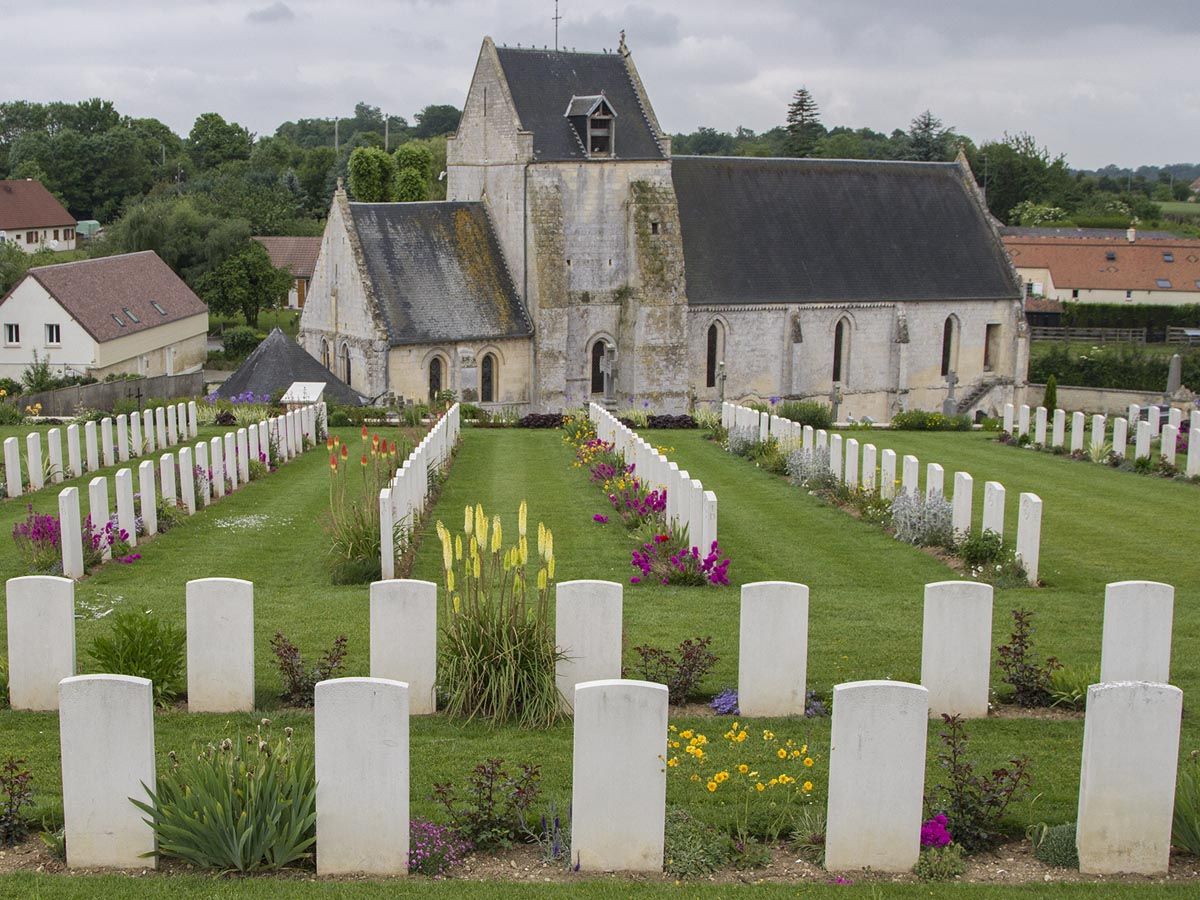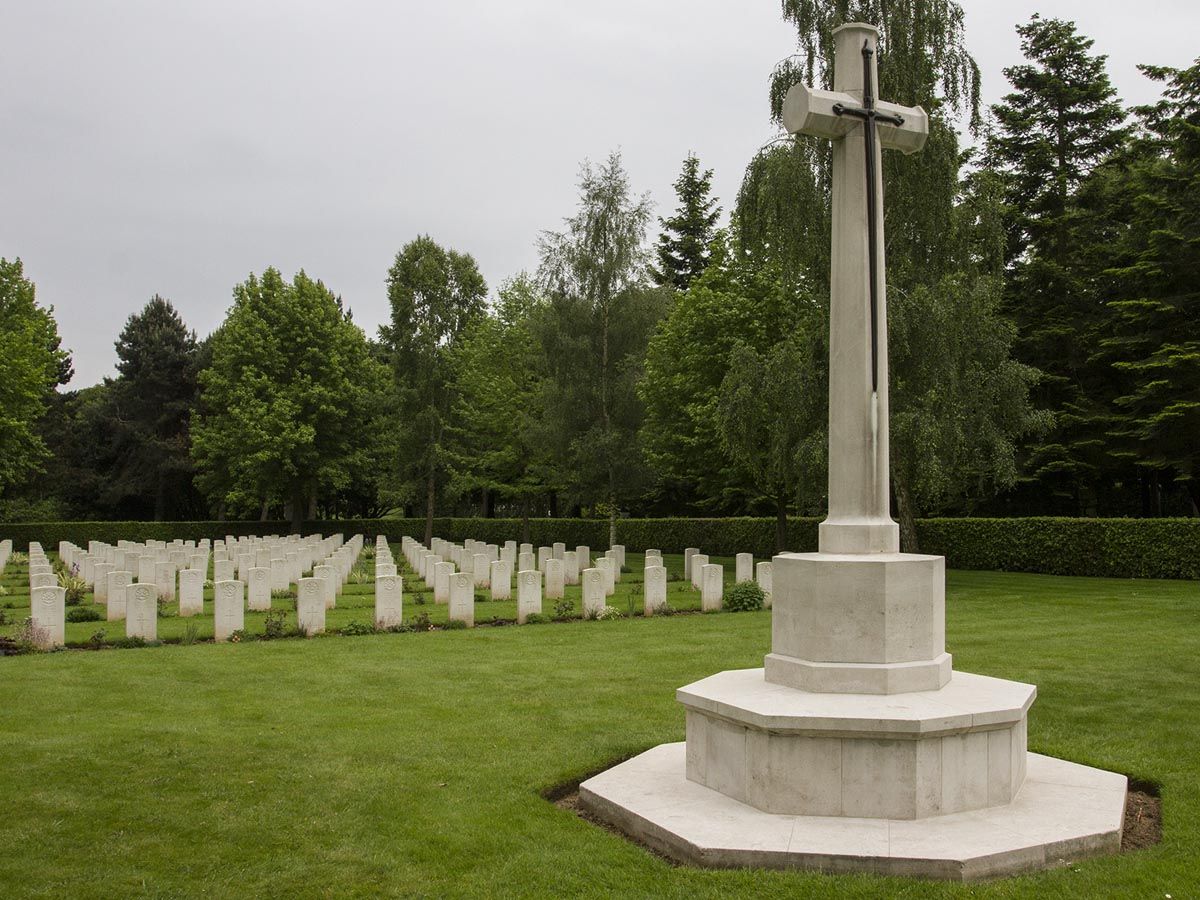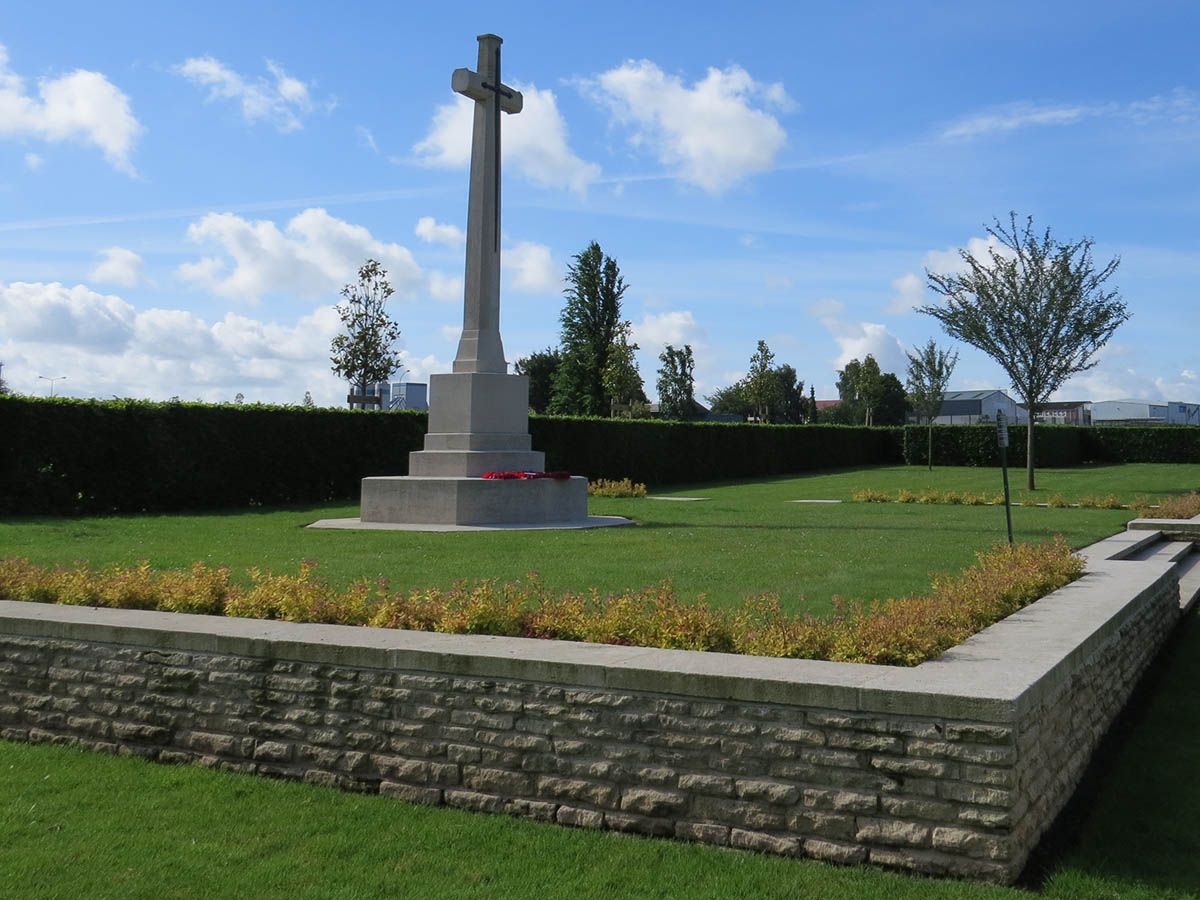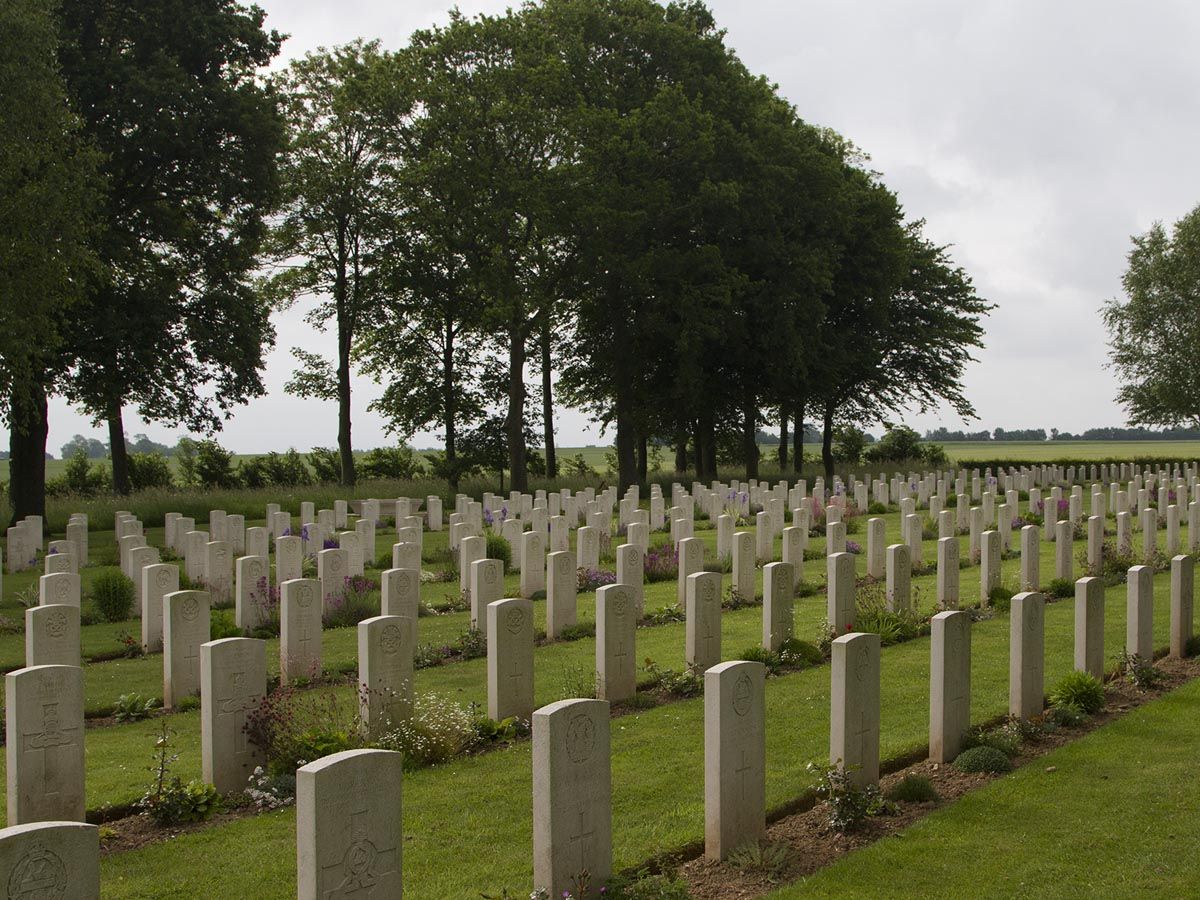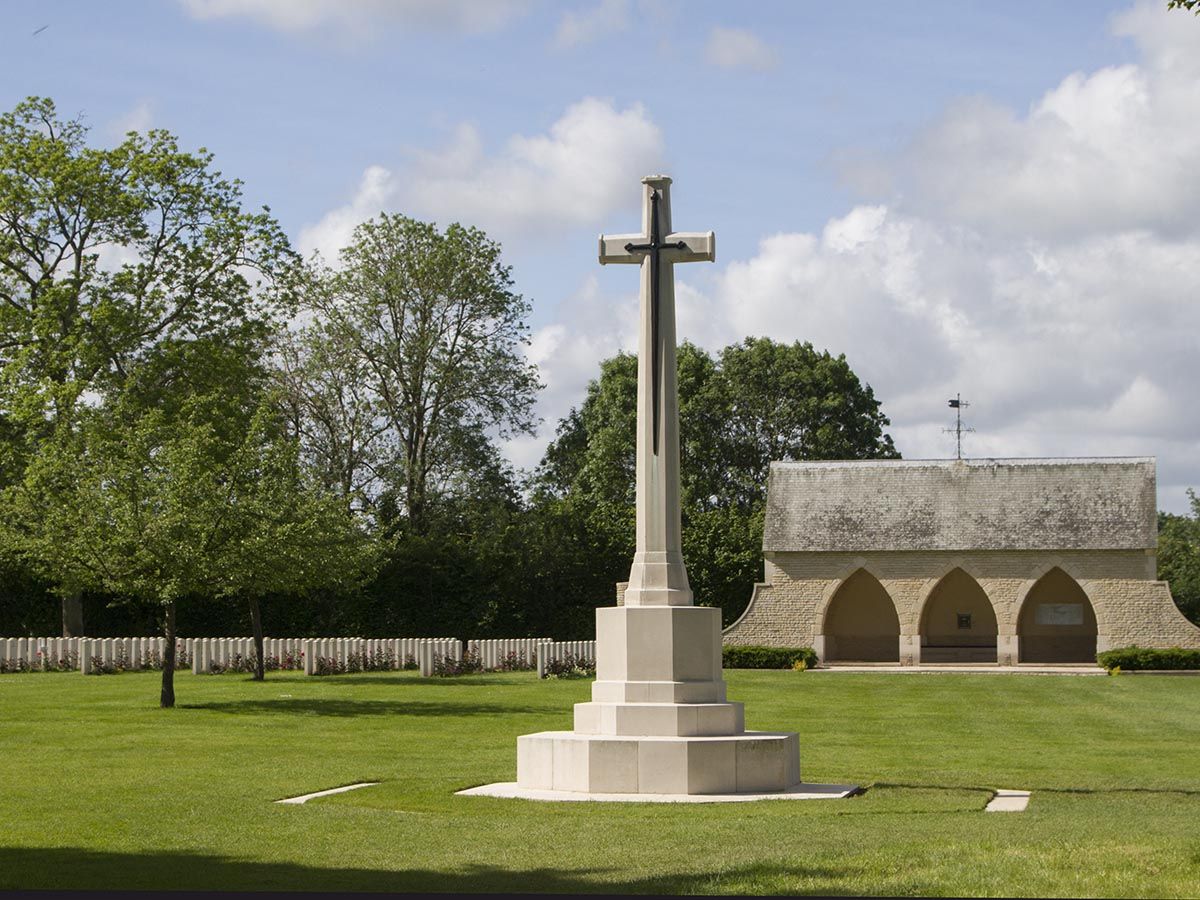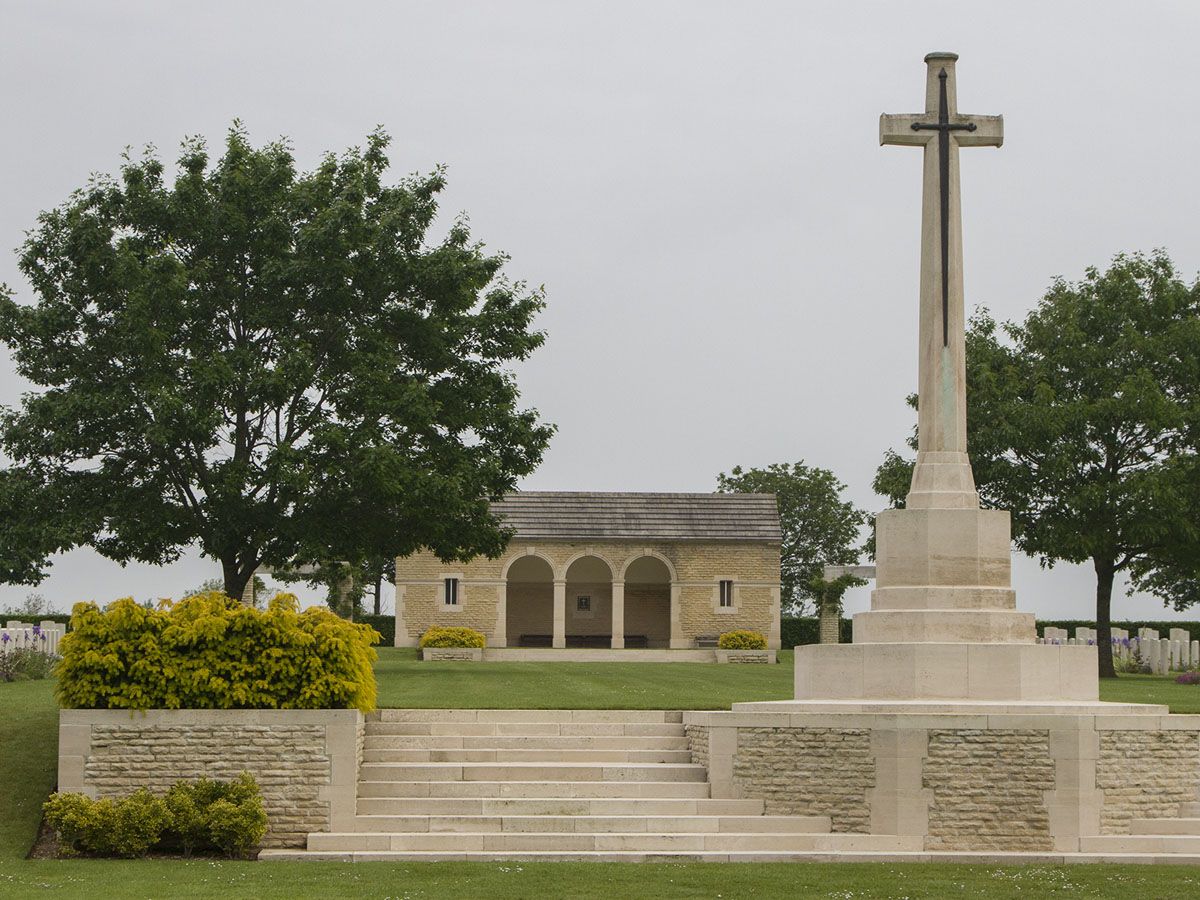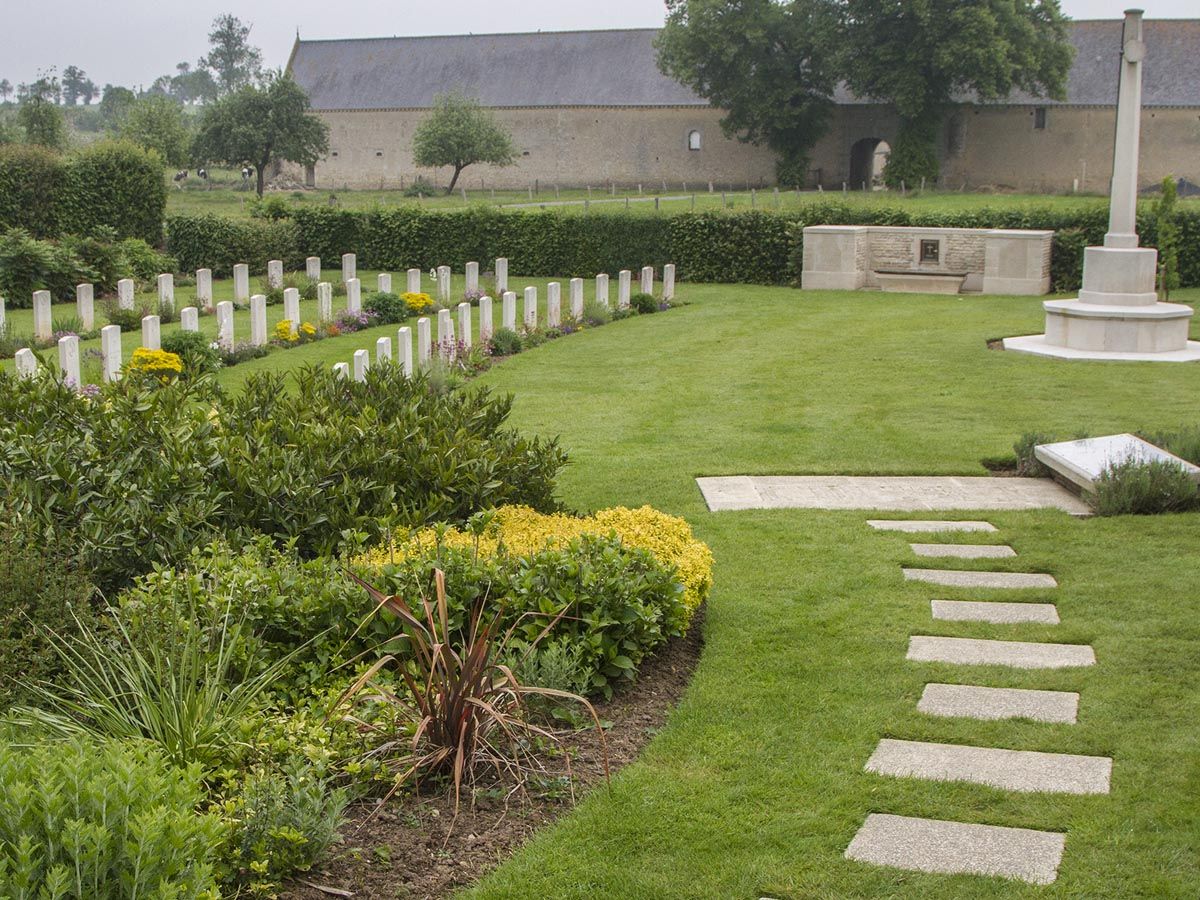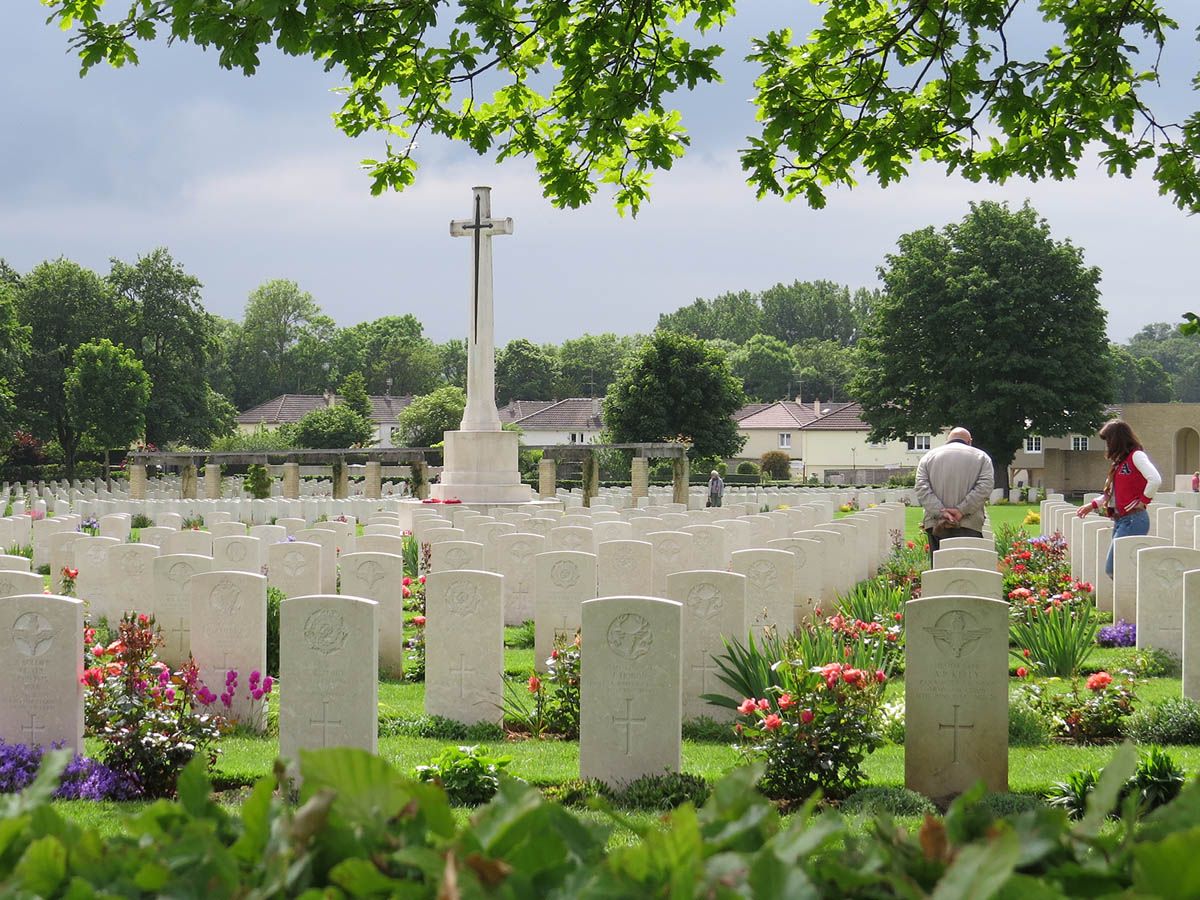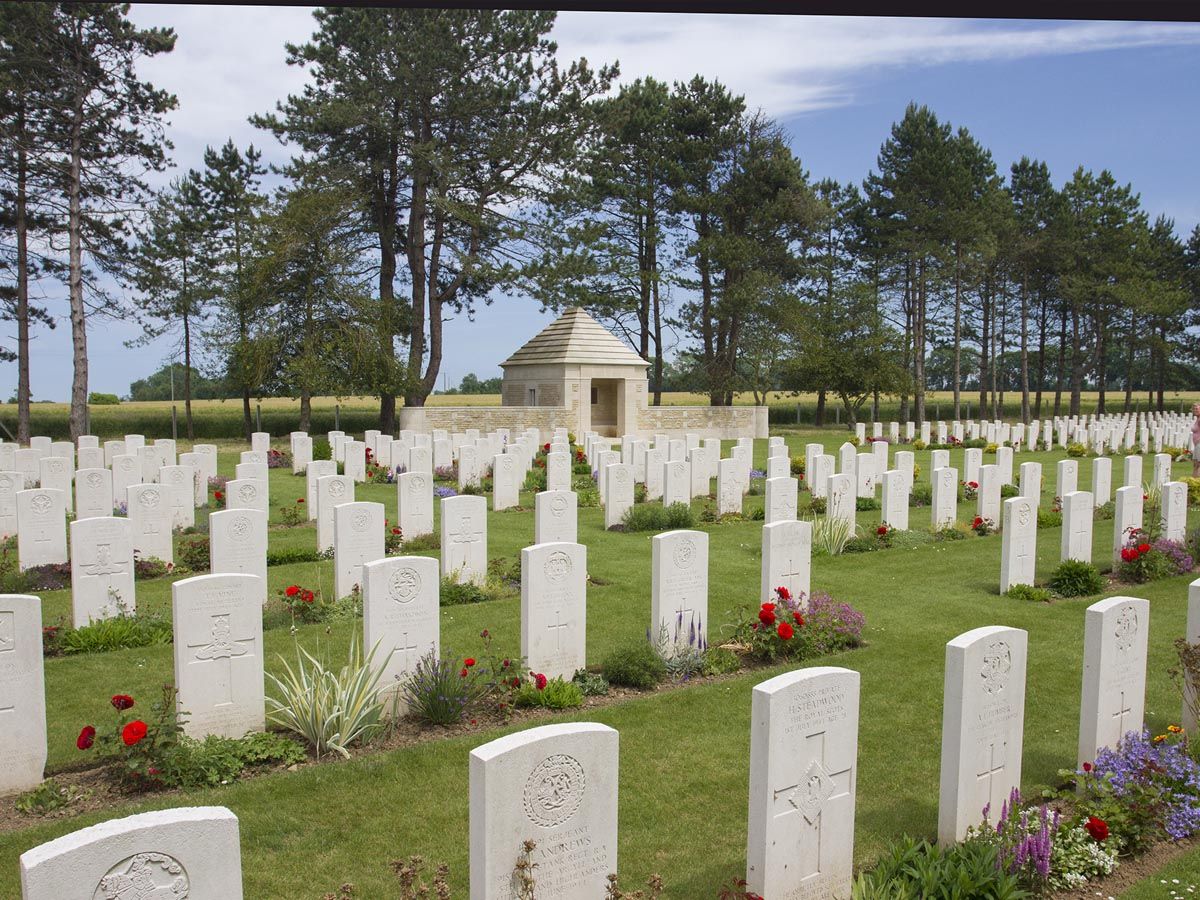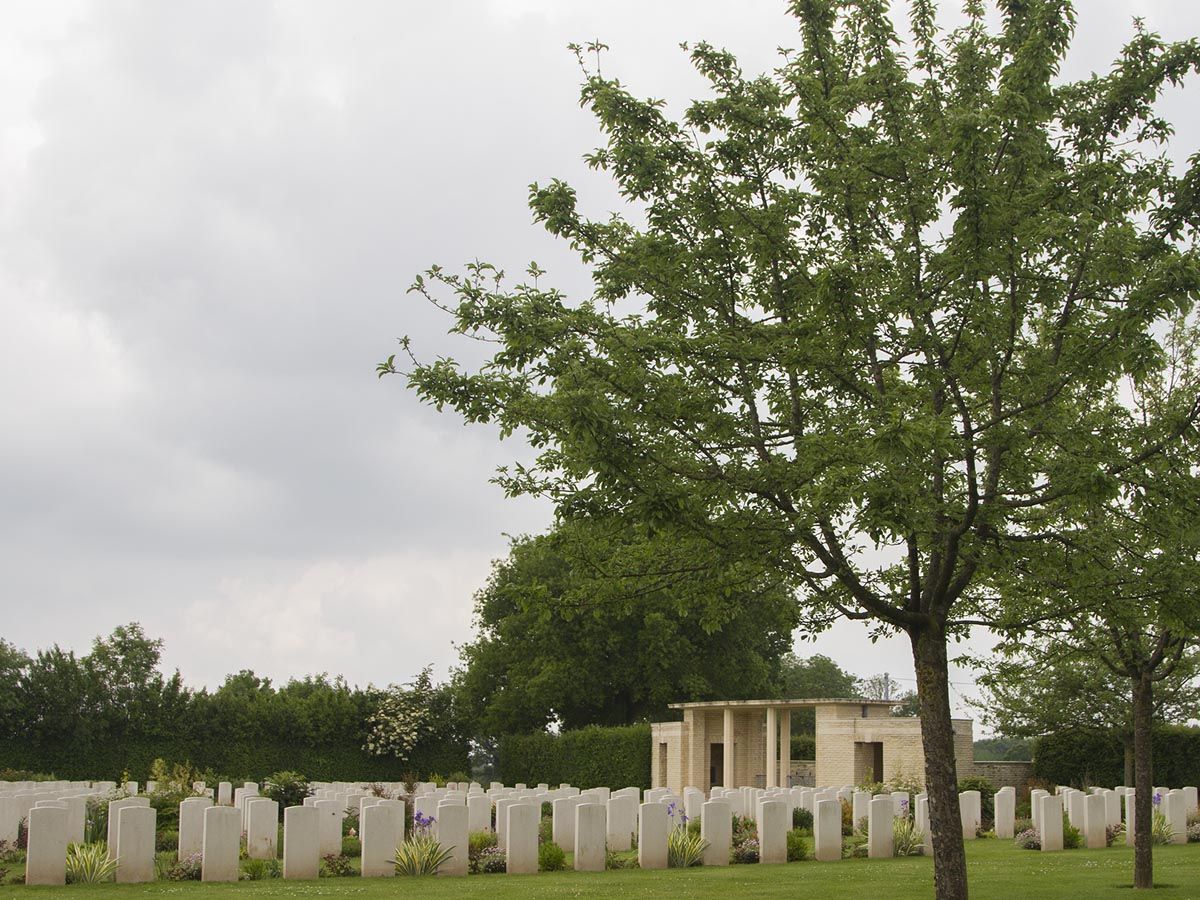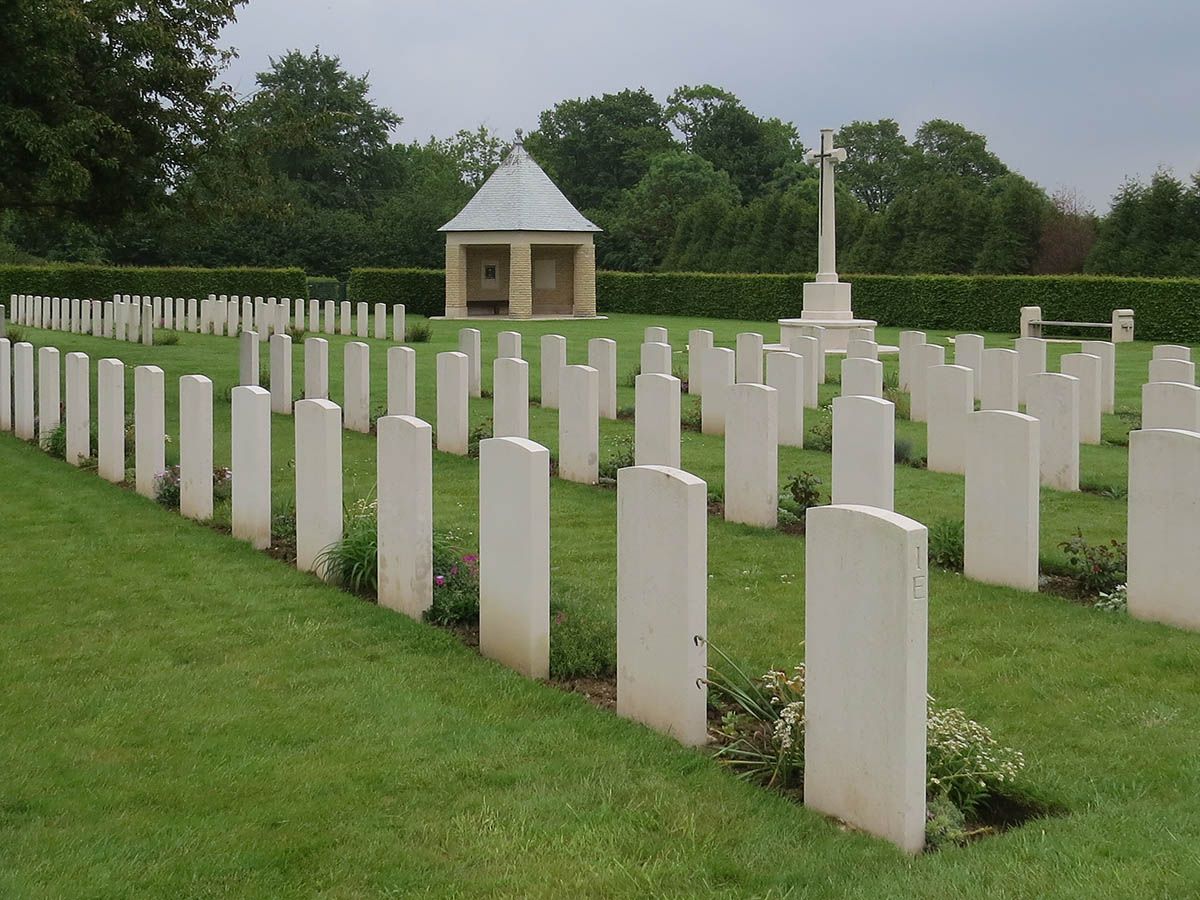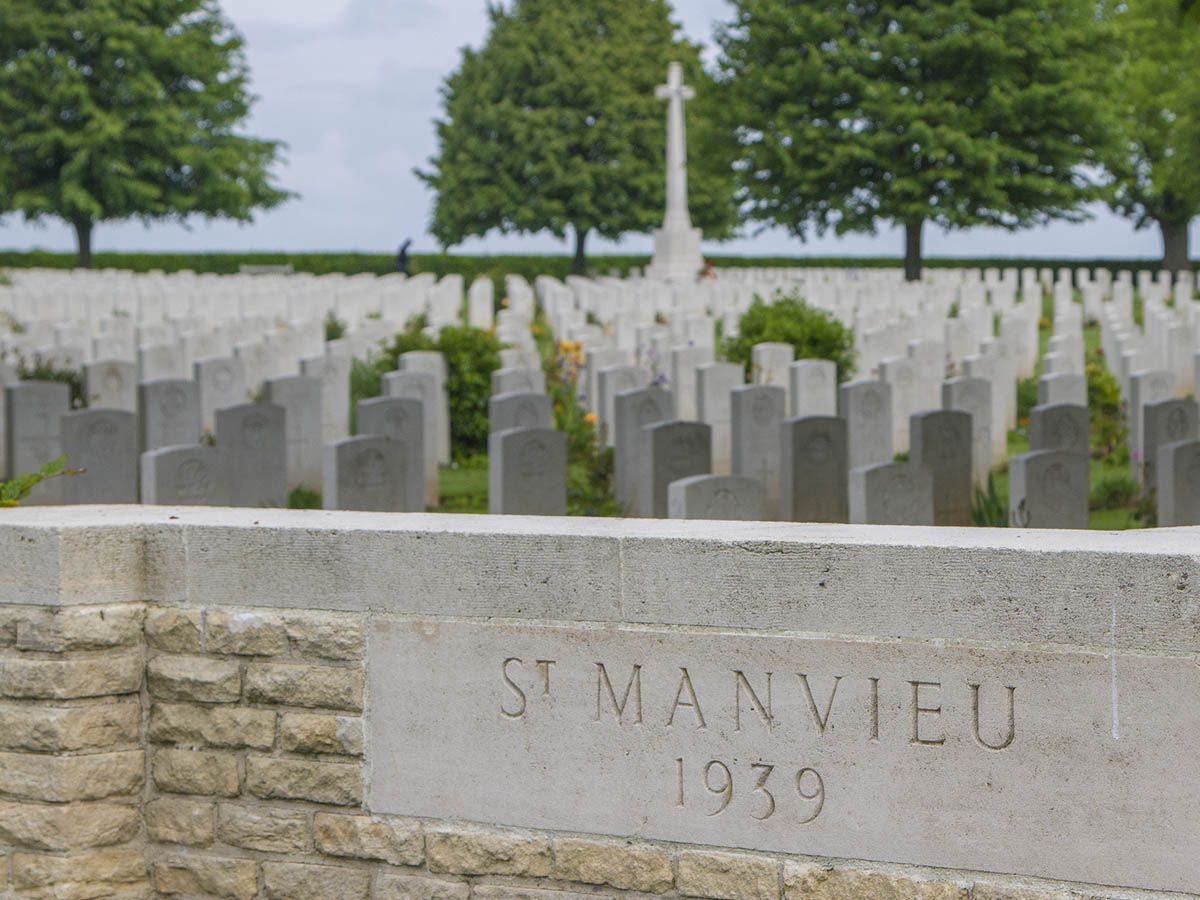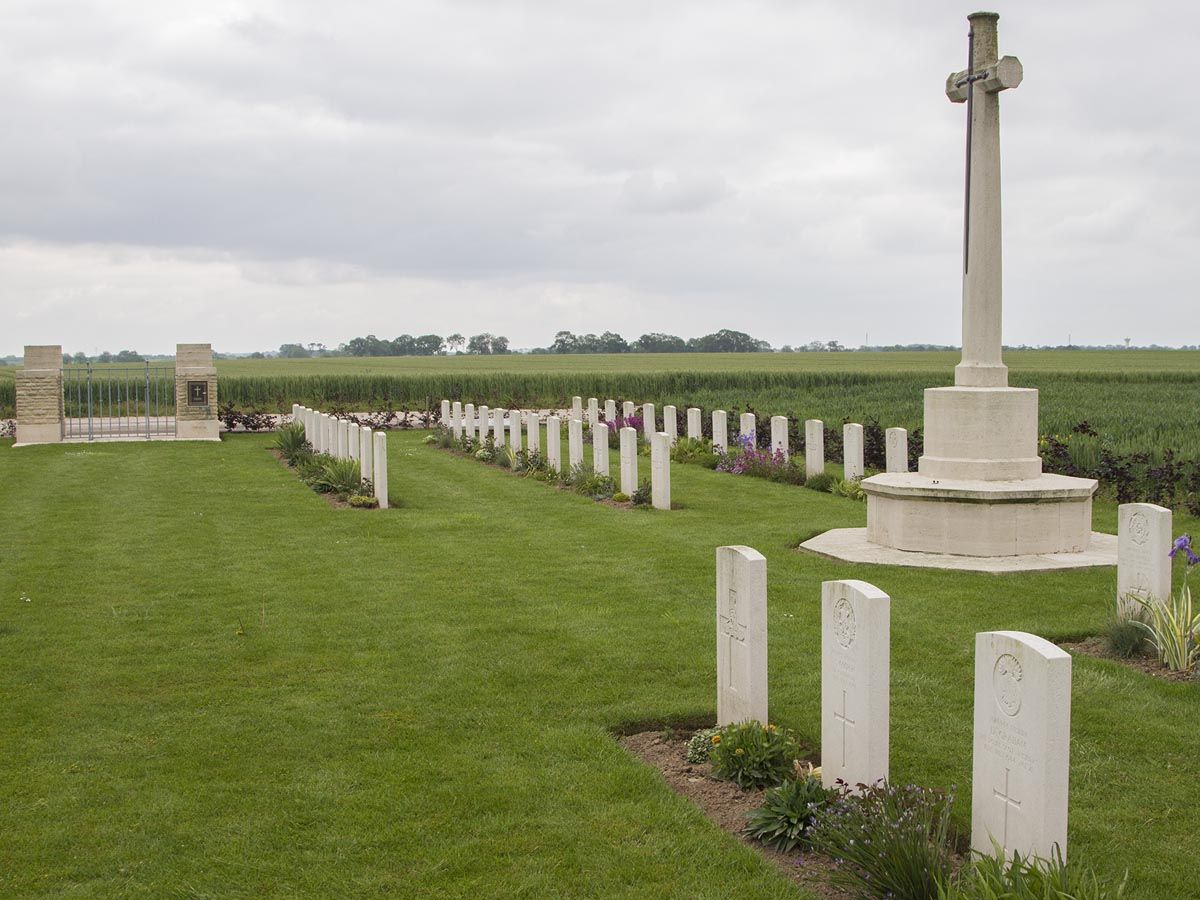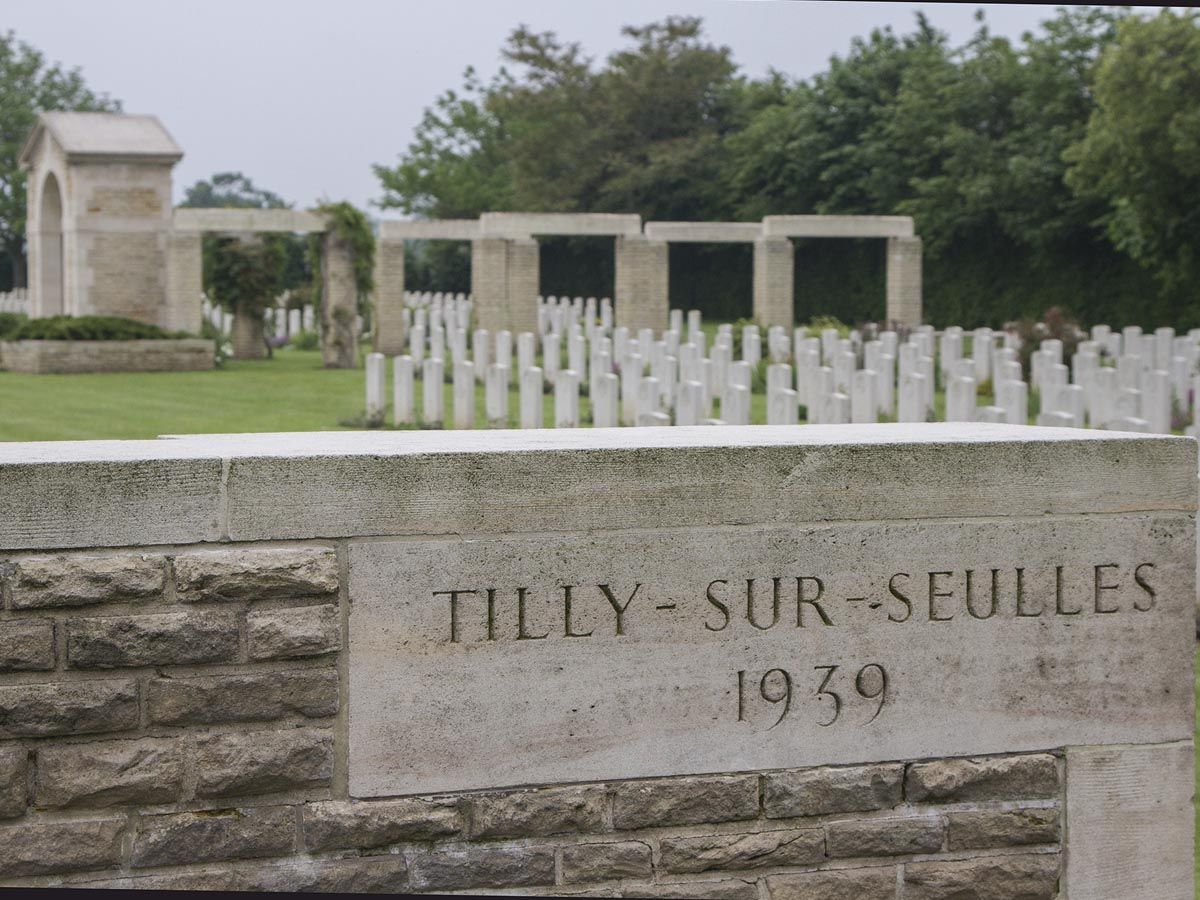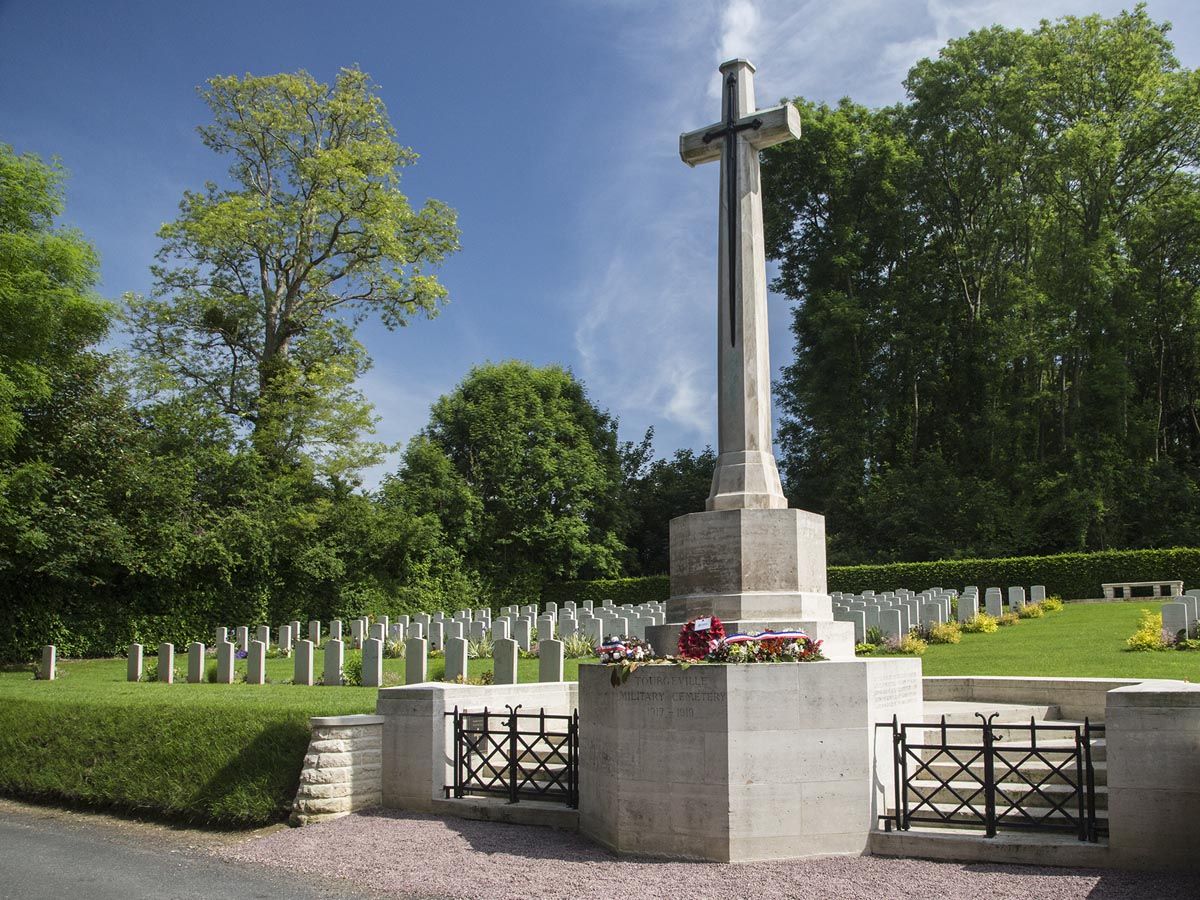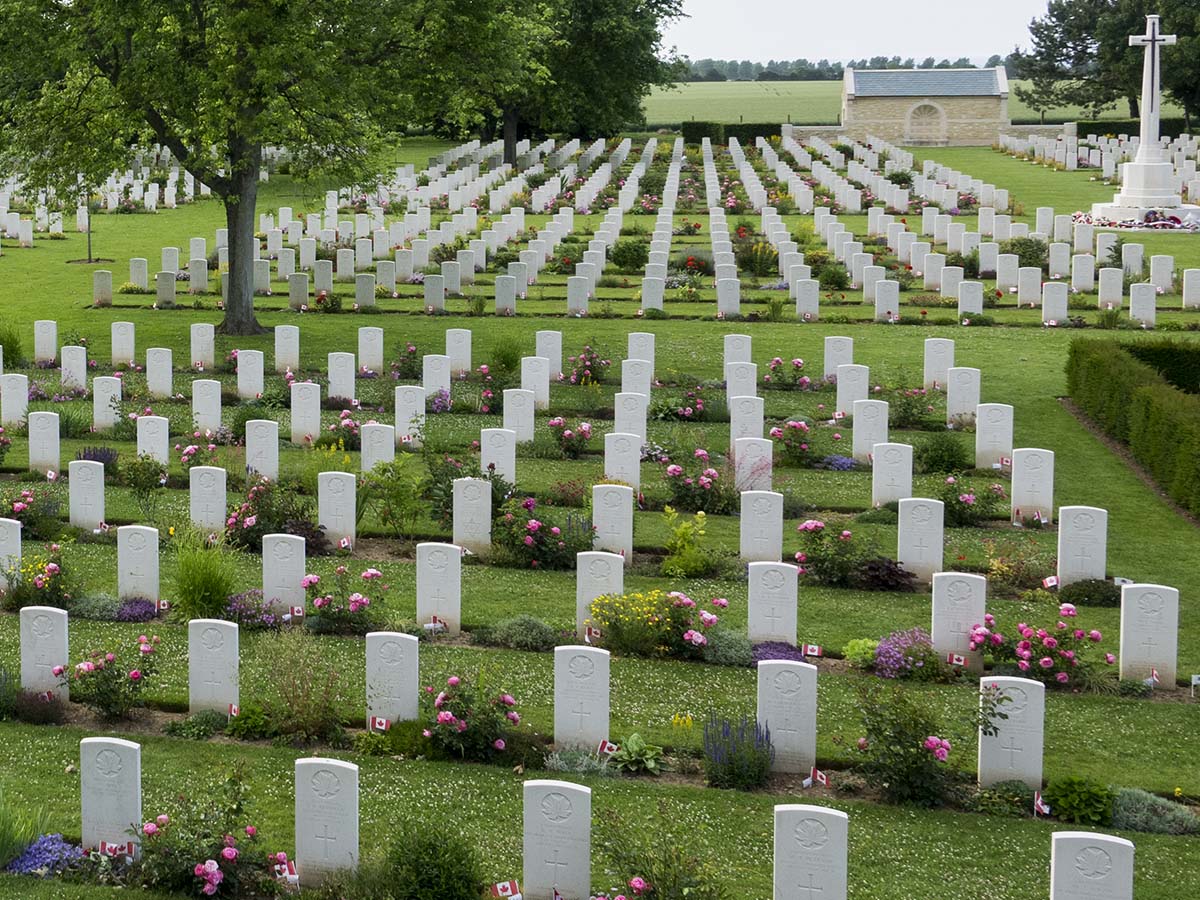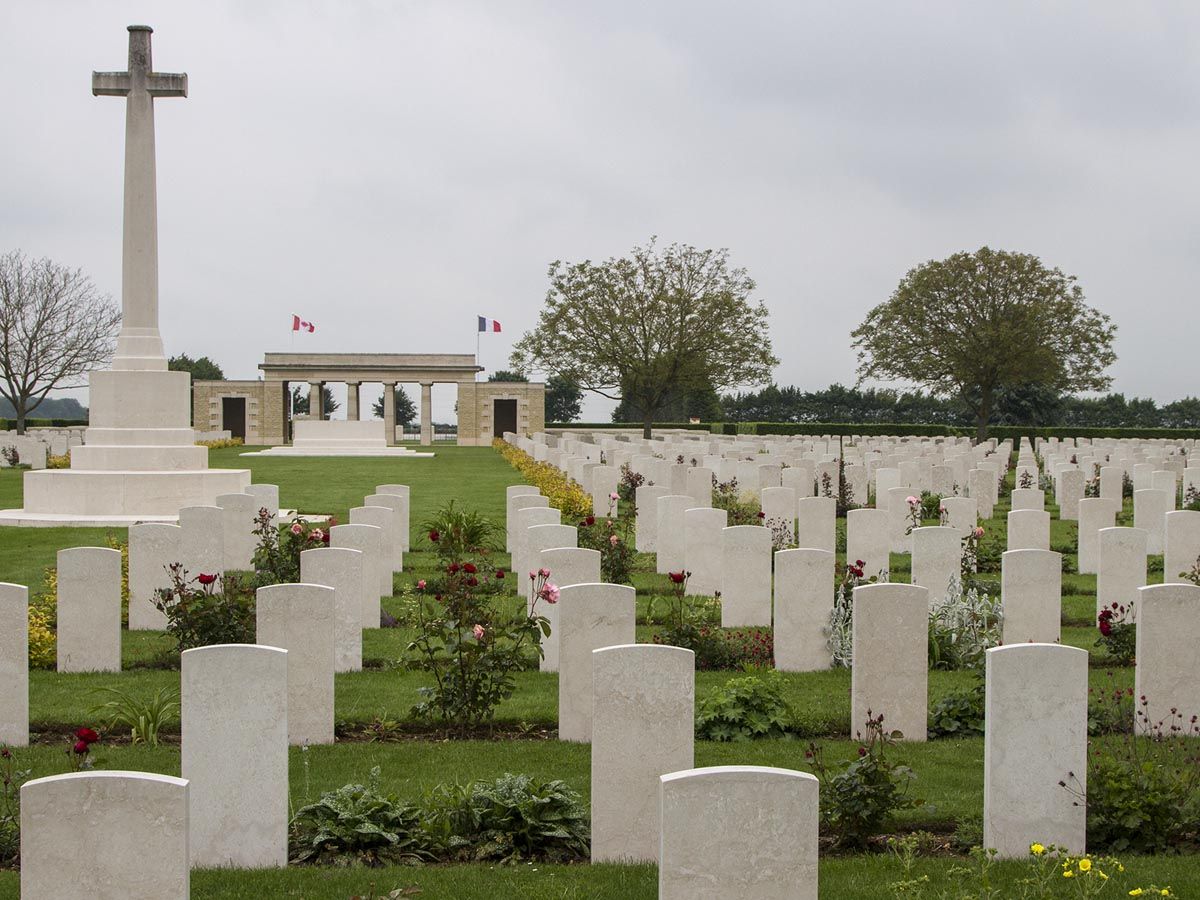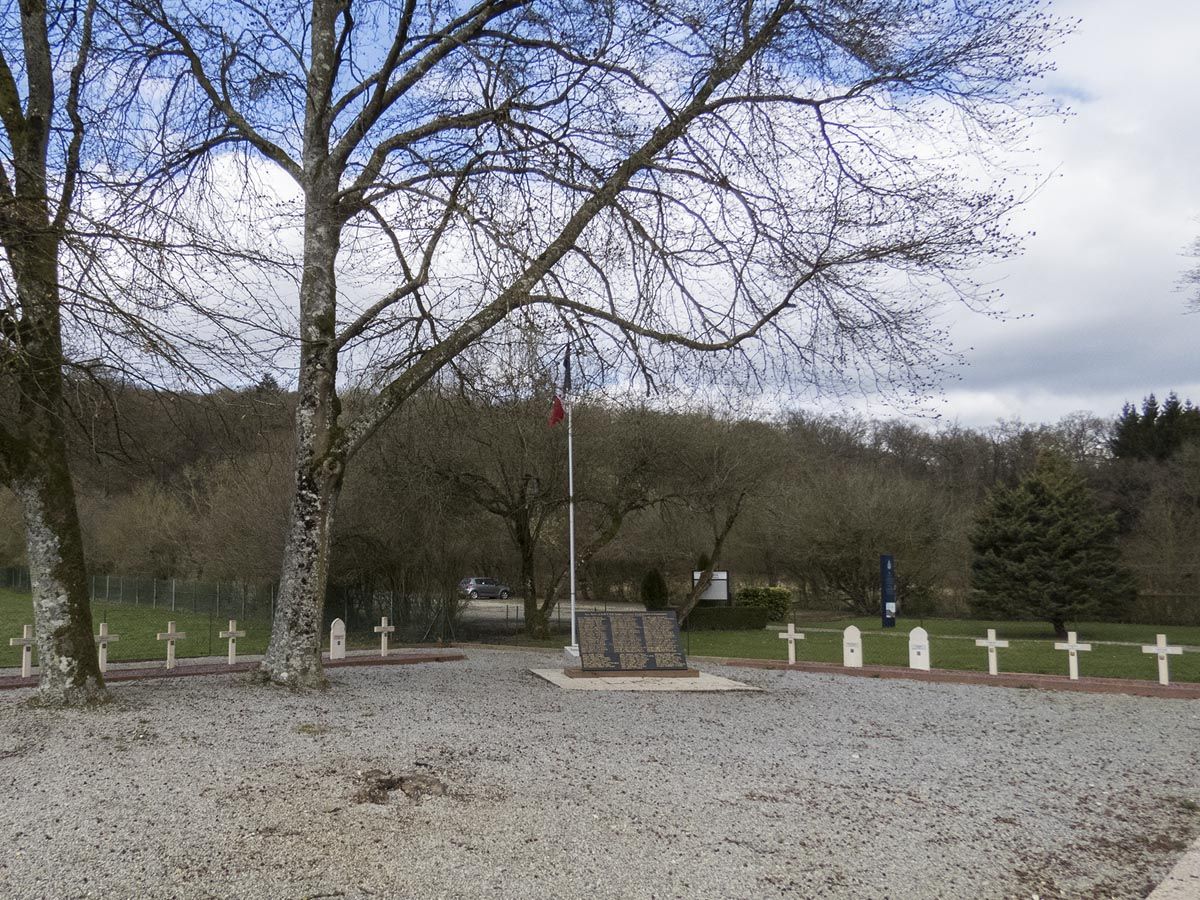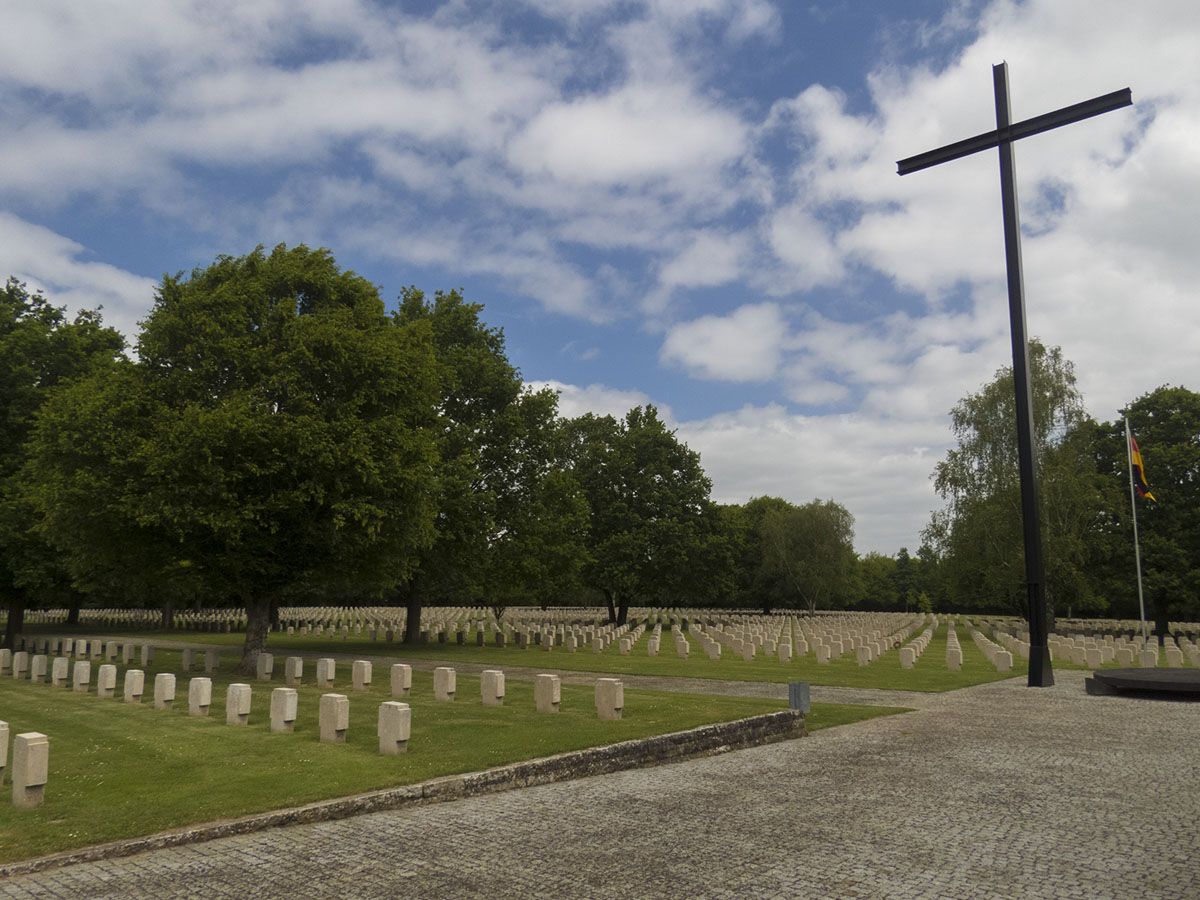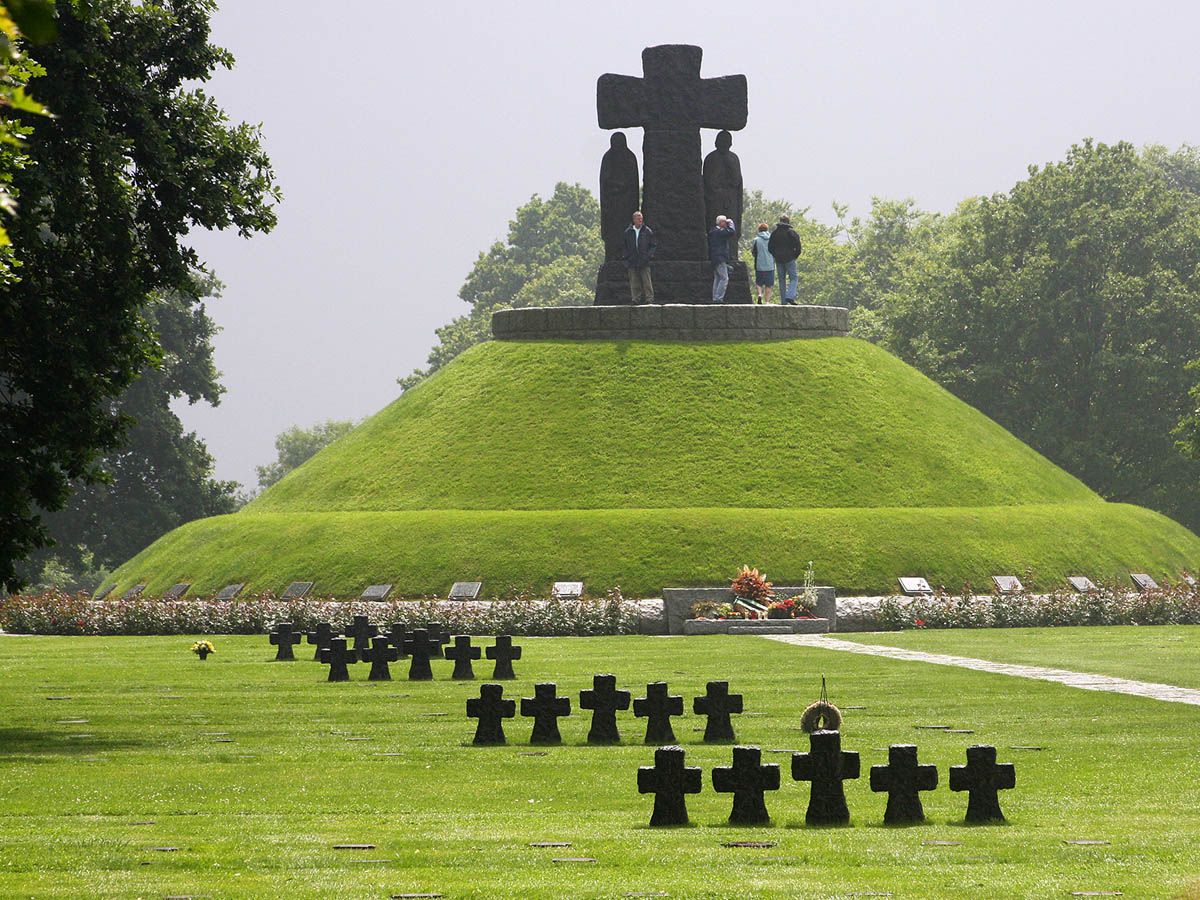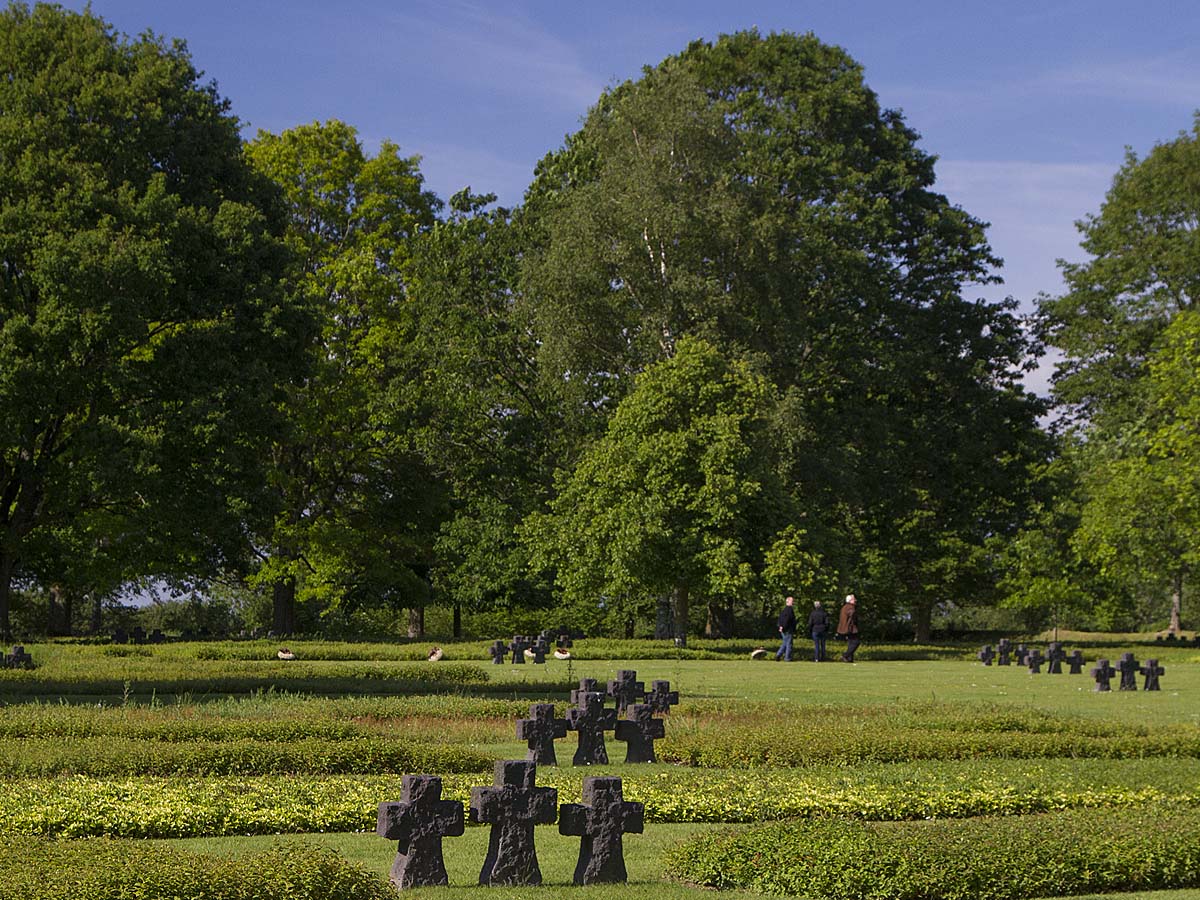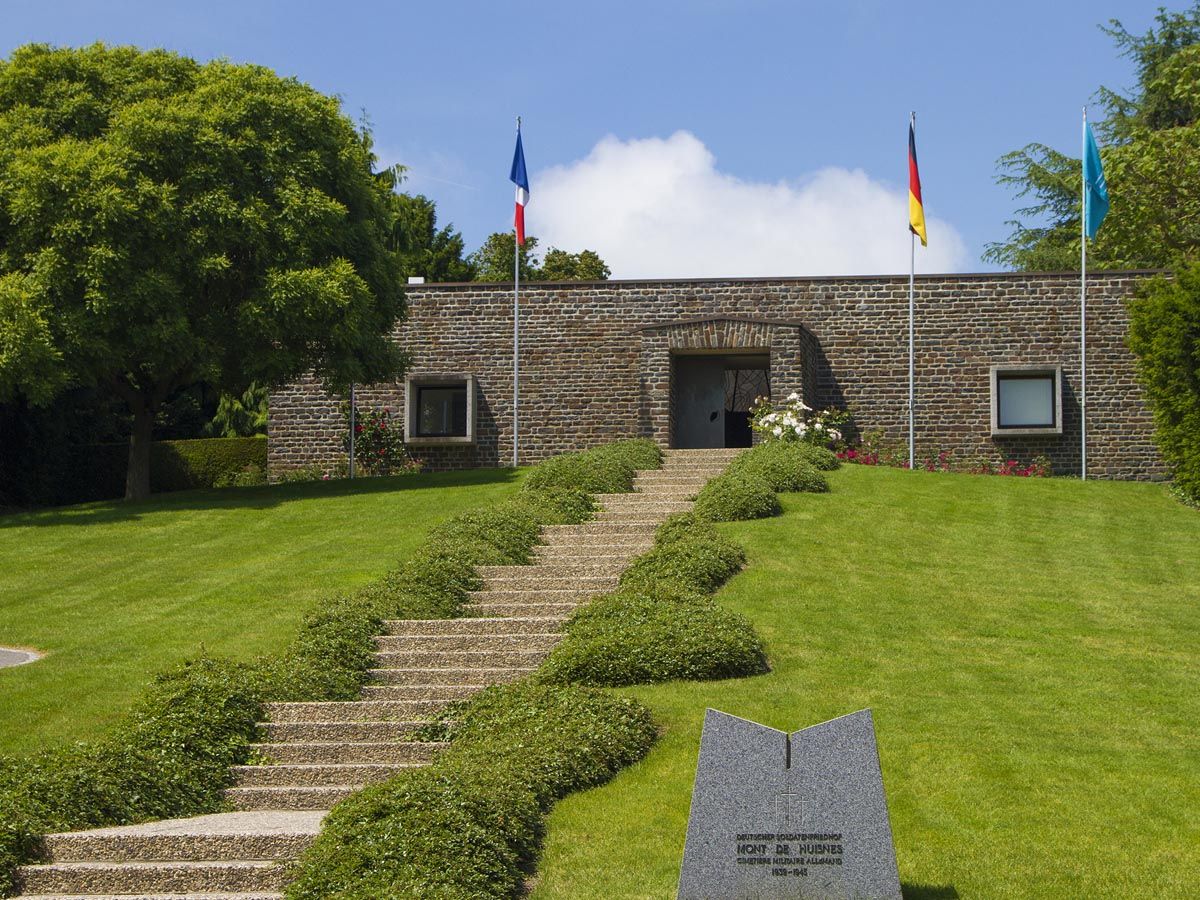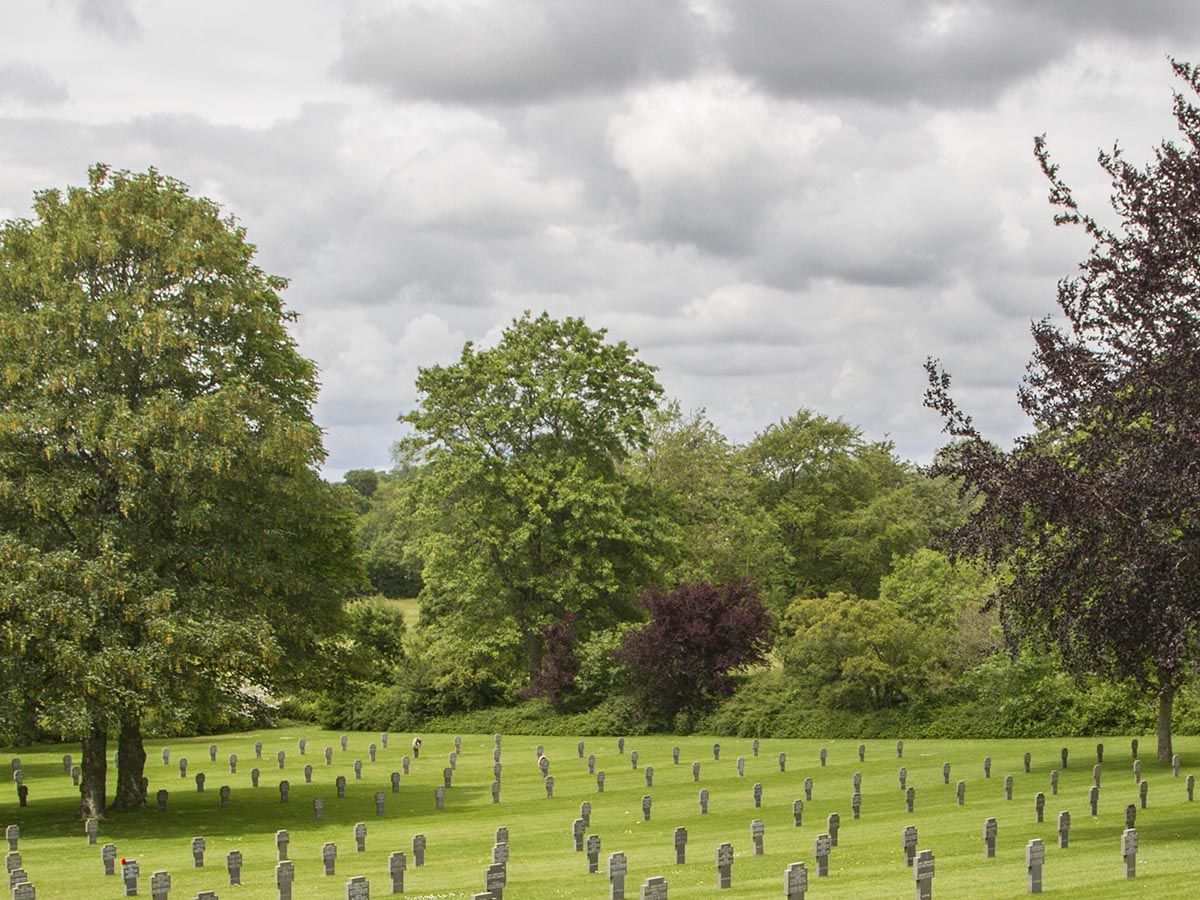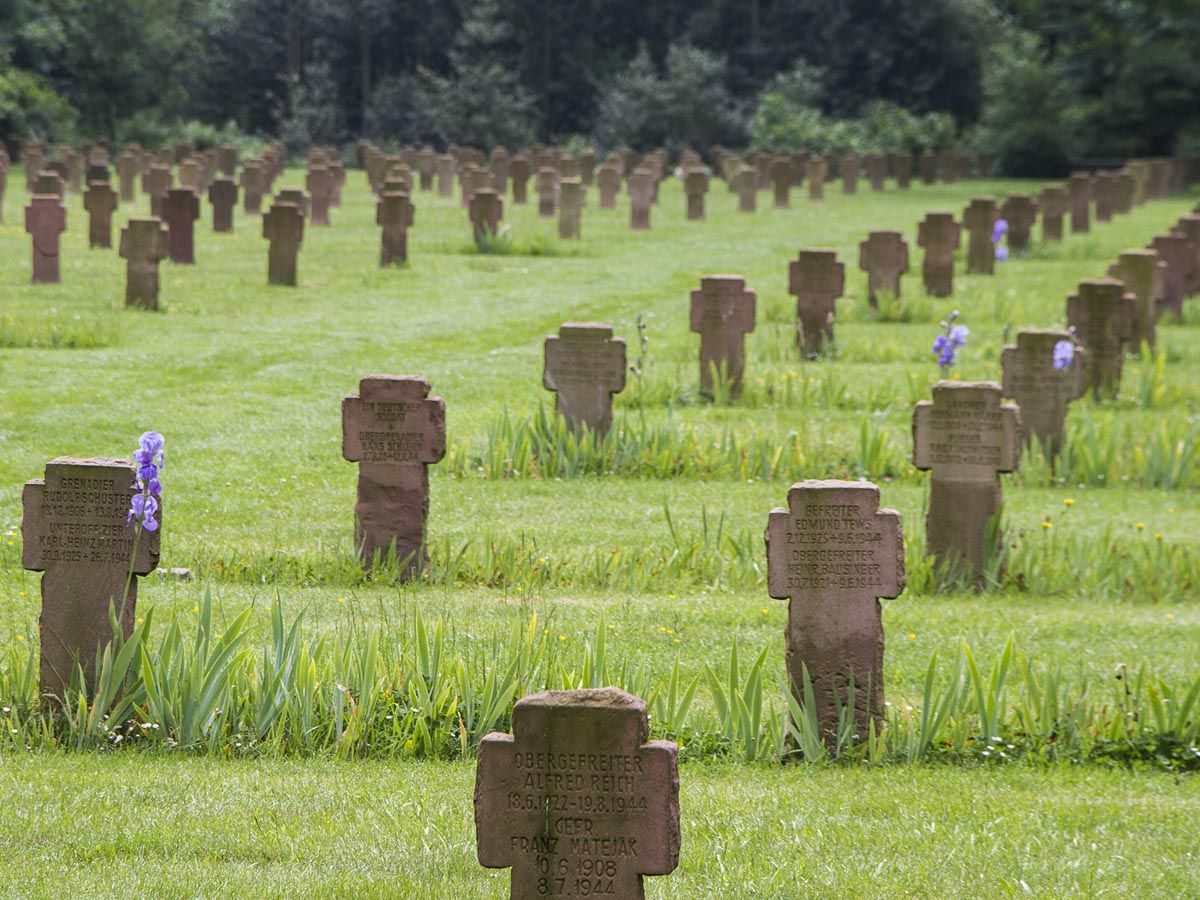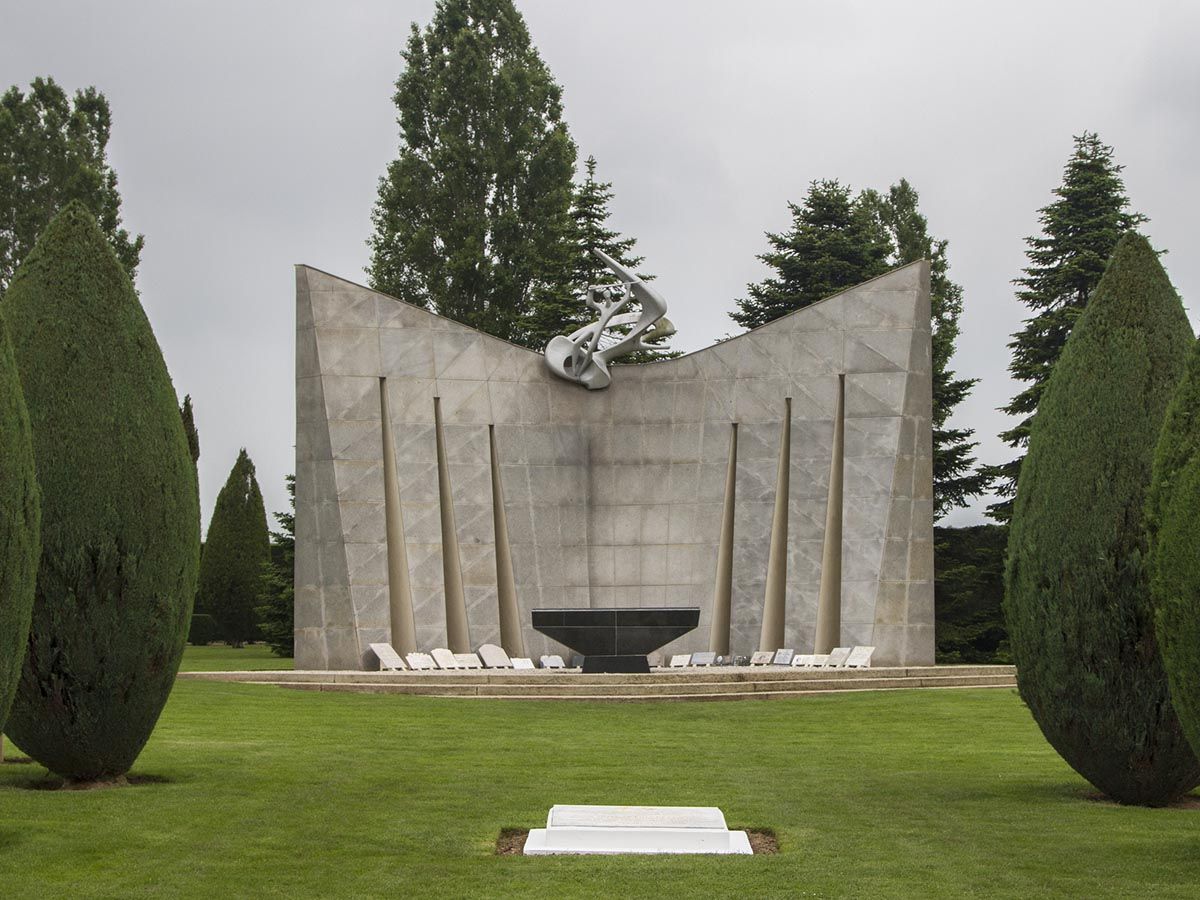Nestled on the outskirts of Bayeux, just off Boulevard Fabian Ware, lies a somber yet important destination for any visitor to Normandy. The Bayeux War Cemetery stands as the largest Commonwealth cemetery from World War II in France, providing a peaceful resting place for thousands of brave soldiers who fought for freedom. With nearly 6,500 graves, this meticulously maintained memorial offers a powerful opportunity for reflection on the sacrifices made during the liberation of Europe.
As you wander among the orderly rows of headstones, you’ll experience a profound connection to history that no museum or documentary can match. The cemetery sits just across from the Memorial Museum of the Battle of Normandy, making it an essential stop on your journey through this historically significant region. The immaculate grounds invite quiet contemplation, while the nearby French countryside provides a beautiful backdrop that contrasts with the solemn purpose of this sacred space.
When you visit, take a moment to notice how the local community continues to honor these fallen heroes. The people of Bayeux and surrounding areas maintain a deep respect for those who helped liberate their homeland. This isn’t just a tourist site—it’s a living memorial where you can witness firsthand the enduring gratitude of a nation and feel the weight of history in a uniquely personal way.
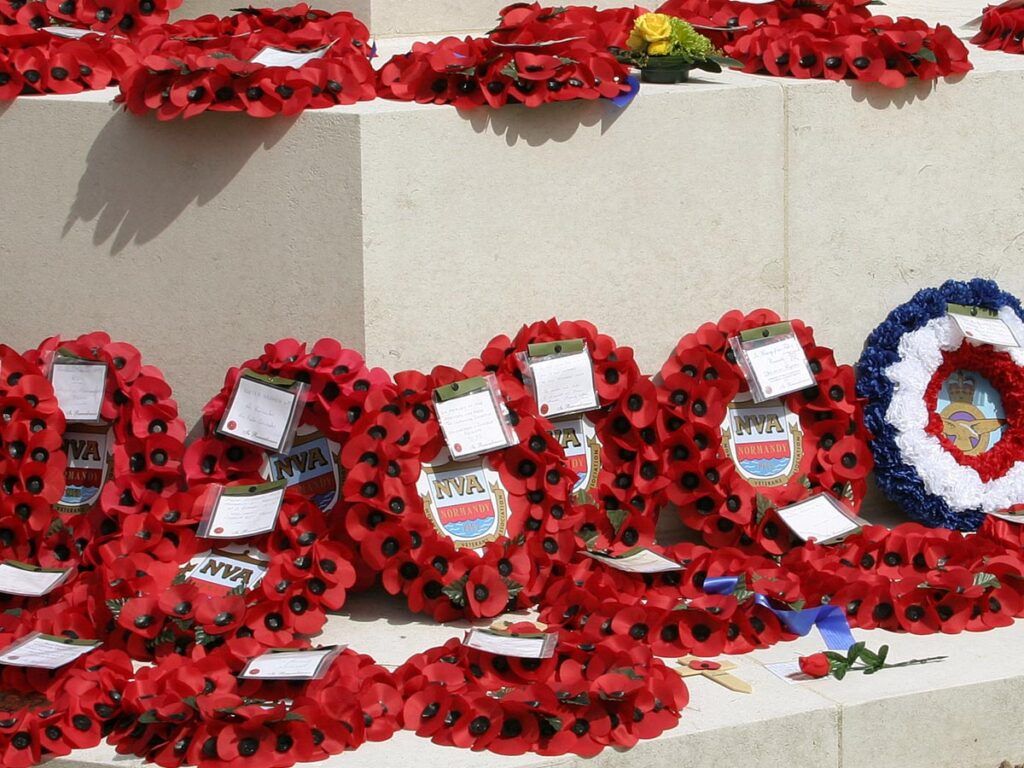
History of the Bayeux War Cemetery
The Bayeux War Cemetery stands as a solemn reminder of the sacrifices made during World War II. Established shortly after the D-Day landings, it has become one of the largest Commonwealth cemeteries in Normandy.
Establishment and Significance
The cemetery’s story begins in July 1944, less than two weeks after Allied forces stormed the beaches of Normandy on D-Day. British medical units set up the No. 79 General Hospital nearby, and the surrounding area became the final resting place for fallen soldiers.
The War Graves Commission (now Commonwealth War Graves Commission) oversaw the development of the cemetery. Construction continued after the war, with the site being officially completed in 1952.
France assigned this land to the United Kingdom in perpetuity as a gesture of gratitude and remembrance. The cemetery embodies the vision of Sir Fabian Ware, whose commitment to honoring fallen soldiers led to the establishment of war cemeteries across Europe.
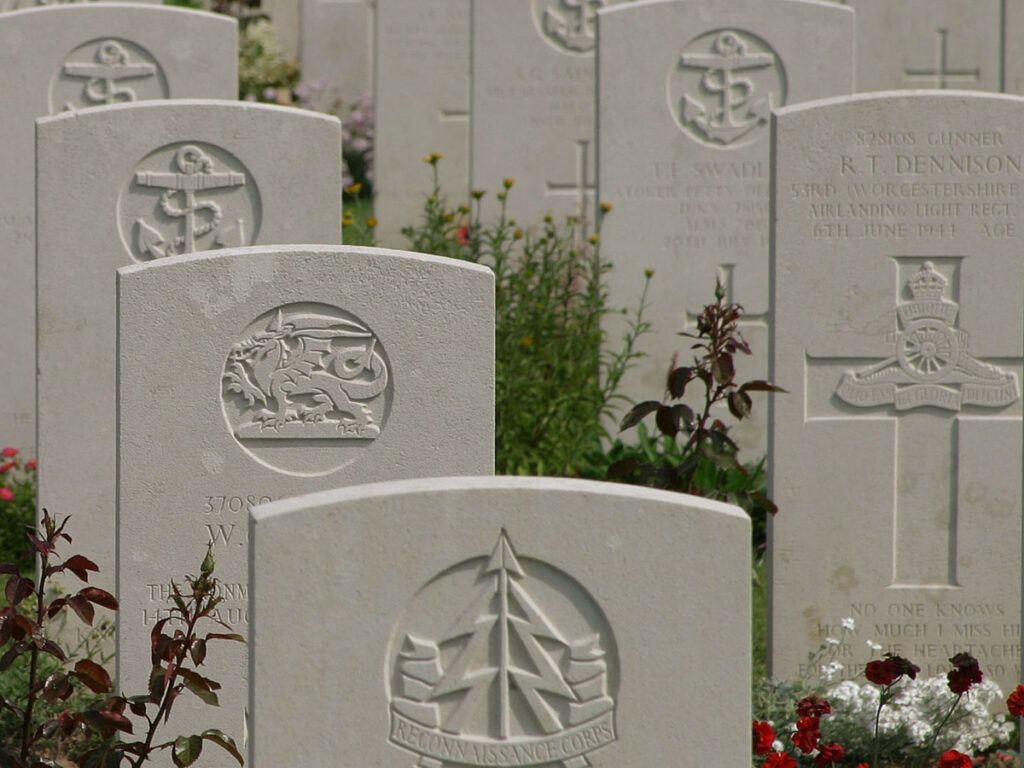
The Final Resting Place of Heroes
Today, the Bayeux War Cemetery contains 4,144 Commonwealth burials from the Second World War. Of these graves, 338 mark unidentified soldiers who gave their lives during the campaign.
When you walk among the neat rows of headstones, you’ll notice they display the name and rank of each soldier. The cemetery houses primarily British Commonwealth soldiers, but includes servicemen from various Allied nations.
Adjacent to the cemetery stands the Bayeux Memorial, which commemorates more than 1,800 Commonwealth land forces who died in the early stages of the campaign and have no known grave.
The cemetery’s location near the Battle of Normandy Museum creates a powerful place for reflection. Here, you can pay respects to those who fought for freedom and better understand the human cost of the war.
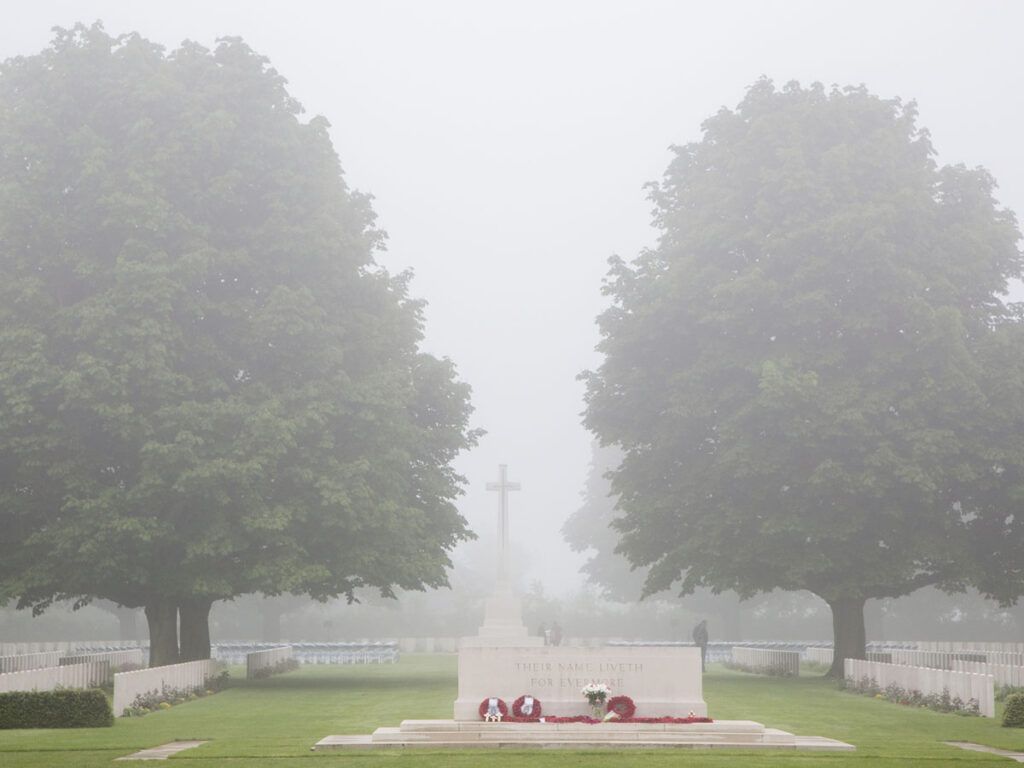
Exploring the Grounds
The Bayeux War Cemetery offers visitors a peaceful yet powerful experience. The layout and memorials create a space for reflection while honoring the fallen Commonwealth soldiers.
Layout and Structures
When you enter the cemetery, you’ll notice the immaculate grounds with perfectly aligned headstones stretching across the landscape. The cemetery contains nearly 4,700 Commonwealth burials, making it the largest Second World War Commonwealth cemetery in France.
The layout follows the classic Commonwealth War Graves Commission design with straight rows of uniform white headstones. You’ll find the Cross of Sacrifice prominently positioned, a symbol found in all Commonwealth cemeteries.
The Bayeux Memorial stands near the entrance, commemorating more than 1,800 Commonwealth soldiers with no known grave. The memorial’s elegant stone columns create a dignified atmosphere.
Between the burial plots, you’ll find well-maintained grass paths that let you move quietly among the graves. Benches are placed throughout, offering spots for quiet contemplation of the sacrifice made by so many young men.
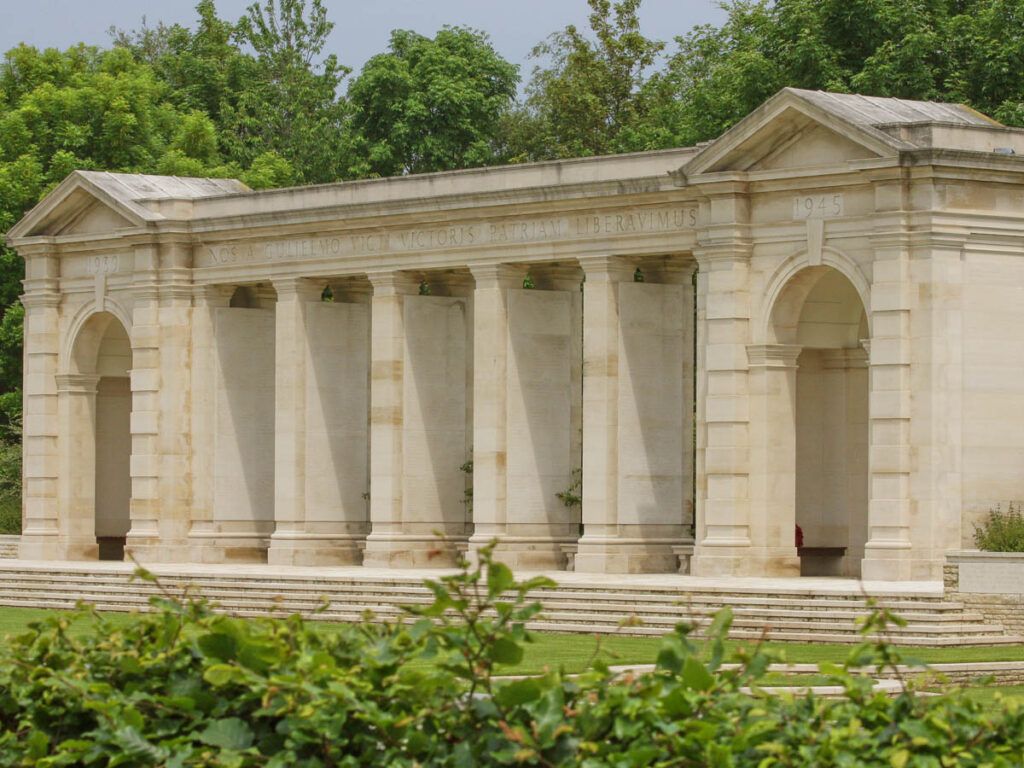
Inscriptions and Symbolism
As you walk among the headstones, take time to read the inscriptions. Each stone tells a story – the soldier’s name, rank, regiment, date of death, and age. Many include personal messages chosen by families.
The headstones display different religious symbols – crosses for Christians, Stars of David for Jewish soldiers, and other appropriate emblems for different faiths. This diversity reflects the multinational nature of the Commonwealth forces.
Look for the special inscriptions on some graves: “Known unto God” marks unidentified soldiers, while “Their Glory Shall Not Be Blotted Out” appears on many stones. These phrases carry deep meaning for visitors.
You’ll notice fresh flowers at many graves, placed by both visitors and cemetery staff. These touching tributes show that even decades later, the sacrifice of these soldiers remains honored and remembered.
The Role of Bayeux in World War II
Bayeux holds a special place in World War II history as the first French city to be liberated after D-Day. This charming Norman town became a crucial location during the Allied invasion and subsequent Battle of Normandy.
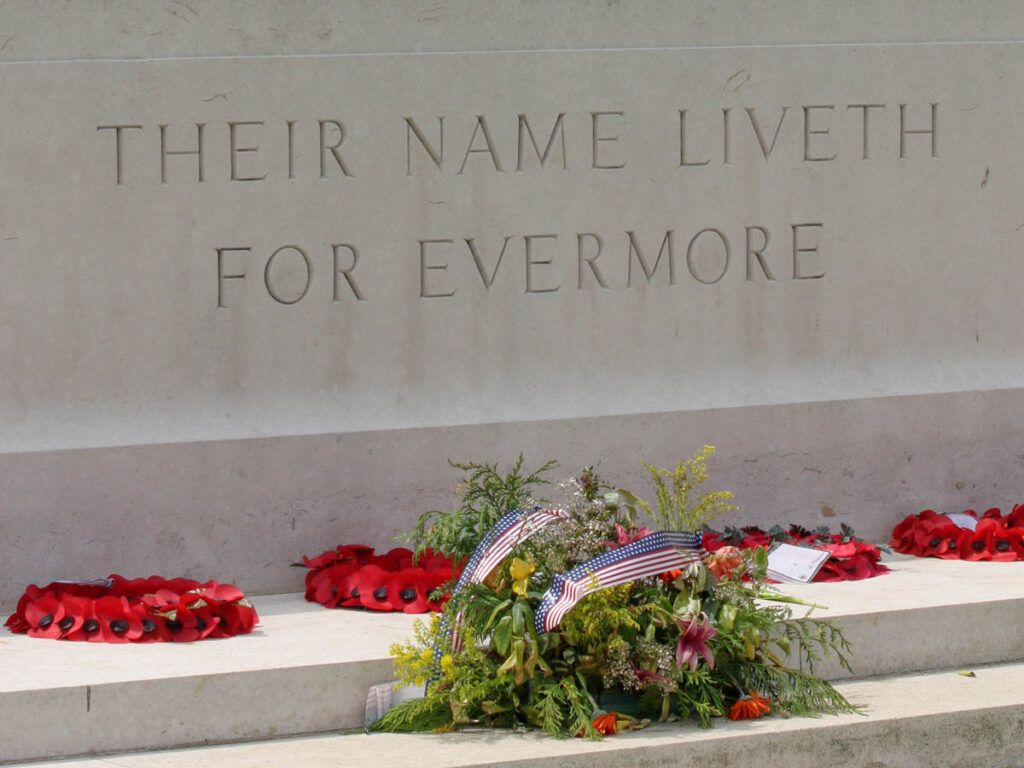
D-Day Landings
The Normandy landings on June 6, 1944, marked the beginning of the liberation of Western Europe. While Bayeux itself wasn’t a landing site, it was a primary objective for British forces coming from Gold Beach, just 10 kilometers north.
Unlike many Norman towns, Bayeux miraculously escaped bombing and destruction during the invasion. This preserved its beautiful medieval architecture, including its famous cathedral.
On June 7, 1944, just one day after the initial landings, Bayeux became the first French city to be liberated by Allied forces. British troops entered the town to jubilant celebrations from local residents.
The city quickly became an important command center for Allied operations. General Charles de Gaulle visited on June 14 and gave his first speech on liberated French soil.
Battle of Normandy
Following liberation, Bayeux served as a crucial hub during the Battle of Normandy, which continued until late August 1944. The city functioned as a medical and supply center while fierce fighting raged throughout the region.
As the Allies pushed inland, Bayeux’s strategic position made it a vital link between the beachheads and advancing forces. Its intact infrastructure provided much-needed support for troops pushing toward Paris.
The city became a temporary home to thousands of refugees fleeing the intense combat in surrounding areas. Many locals opened their doors to displaced families from nearby towns that suffered heavy damage.
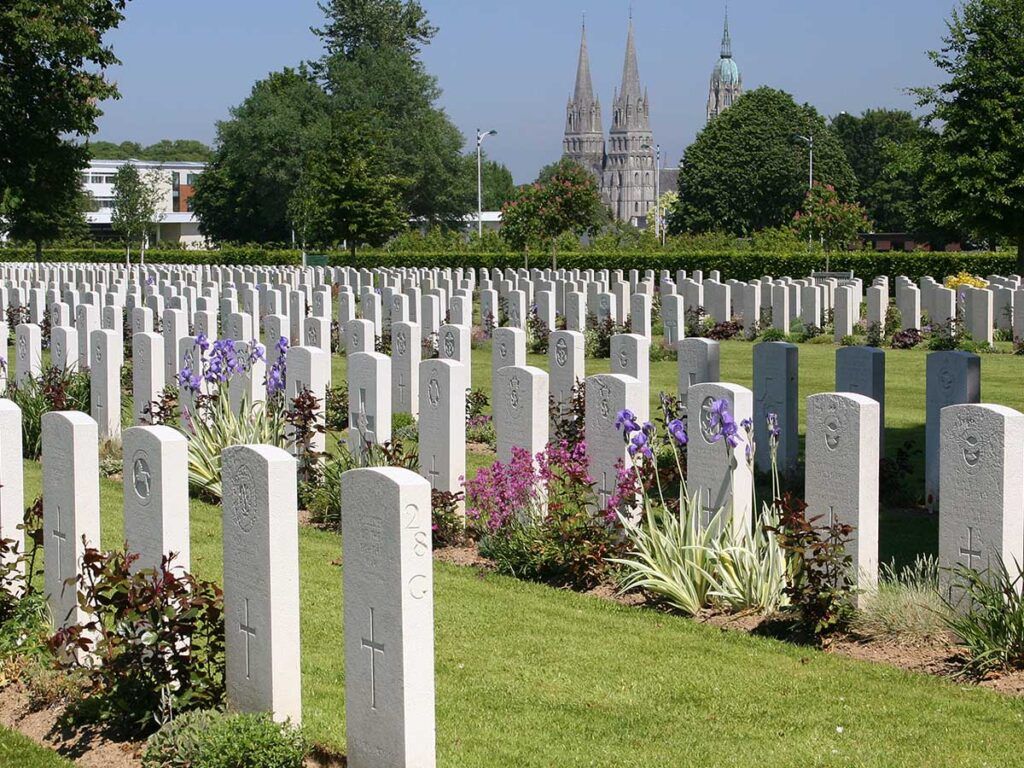
Planning Your Visit
Preparing for your trip to the Bayeux War Cemetery requires some thoughtful planning. Here’s what you need to know about transportation, where to stay, and tour options to make the most of your visit.
Getting to Bayeux
Bayeux is located about 30 kilometers northwest of Caen in Normandy, France. If you’re coming from Paris, take a train from Saint-Lazare station to Bayeux, which typically takes about 2.5 hours.
Rental cars are also a great option if you plan to explore more of the Normandy region. The cemetery itself is situated on the southwestern outskirts of town, easily accessible by a short walk or drive from the center.
Local buses run regularly through Bayeux, making it convenient to reach the cemetery if you’re staying farther away. The cemetery is open 24 hours a day throughout the year, and admission is free.
Bayeux Accommodations
Bayeux offers a range of lodging options to suit different budgets and preferences. The charming Old Town area is an ideal base, putting you within walking distance of both the cemetery and the famous Bayeux Tapestry.
Consider booking a stay at one of the historic hotels near the cathedral or opt for a cozy bed and breakfast for a more personal experience. Many accommodations in Bayeux feature Norman architecture and gardens.
Recommended Bayeux Hotels:
For longer stays, renting a gite (holiday cottage) provides more space and the chance to live like a local. Book your accommodation well in advance if you’re visiting during the summer months or around D-Day anniversary events in June when the town fills with visitors.
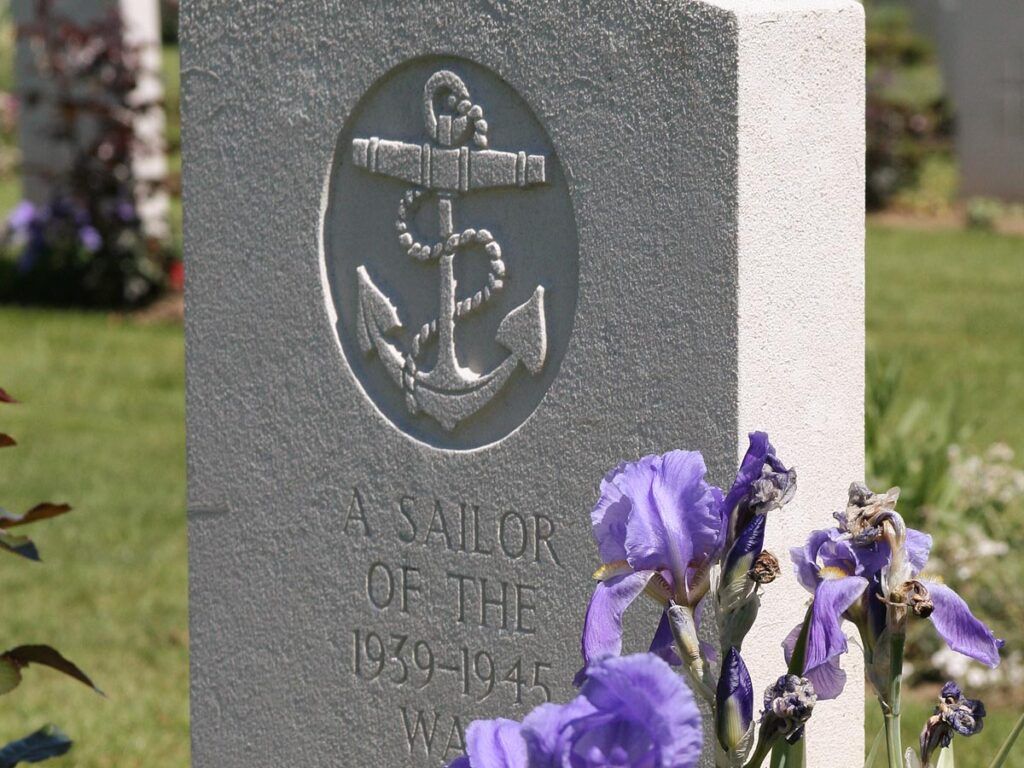
Guided Tour Options
While you can explore the Bayeux War Cemetery independently, a guided tour enriches your understanding of this important historical site. Local guides offer specialized WWII tours that include the cemetery along with nearby D-Day beaches.
Many tours depart directly from Bayeux, making the town an excellent base for your Normandy battlefield explorations. Half-day tours focus on the cemetery and immediate surroundings, while full-day options include visits to the Normandy American Cemetery and other memorial sites.
For a more personalized experience, consider booking a private guide who can tailor the tour to your specific interests. The Bayeux Tourist Office can help arrange guided tours in various languages or direct you to reputable tour companies operating in the area.
Recommended D-Day Tours from Paris:
- From Paris: Normandy D-Day Beaches Day Trip
- From Paris: 2-Day Normandy & Brittany Tour
- Normandy American D-Day Experience (From Bayeux Station)
Recommended D-Day Tours from Bayeux:
- From Bayeux: American D-Day Sites in Normandy Full-Day Tour
- From Bayeux: American D-Day Sites in Normandy Half-Day Tour
- From Bayeux: Half-Day Normandy WWII Sidecar Tour
- Full-Day US Battlefields of Normandy Tour from Bayeux
Recommended Private D-Day Tours:
- From Paris: Normandy D-Day Landing Beaches Full-Day Tour
- From Rouen: Normandy D-Day Beaches Private Full-Day Tour
- Private Tour: Rouen, Bayeux, and Falaise Day Trip from Bayeux
- Normandy WWII Private Half-day Sidecar Tour From Bayeux
Recommended Band of Brothers Tours:
Nearby Historical Attractions
While visiting Bayeux War Cemetery, you’ll find several significant historical sites within easy reach. These attractions offer deeper insights into both World War II history and the rich medieval past of Normandy.
Memorial Museum of the Battle of Normandy
Just a short walk from the British War Cemetery, the Memorial Museum of the Battle of Normandy provides a comprehensive look at the D-Day invasion and subsequent battle for Normandy. The museum houses an impressive collection of military equipment, weapons, uniforms, and personal items that tell the story of this pivotal World War II campaign.
You’ll see detailed maps and models depicting troop movements and battle strategies. The museum does an excellent job explaining the complex military operations in ways that are accessible to visitors of all ages.
Photographs and testimonies from soldiers and civilians bring human perspectives to the historical events. Plan to spend about 1-2 hours here to fully appreciate the exhibits.
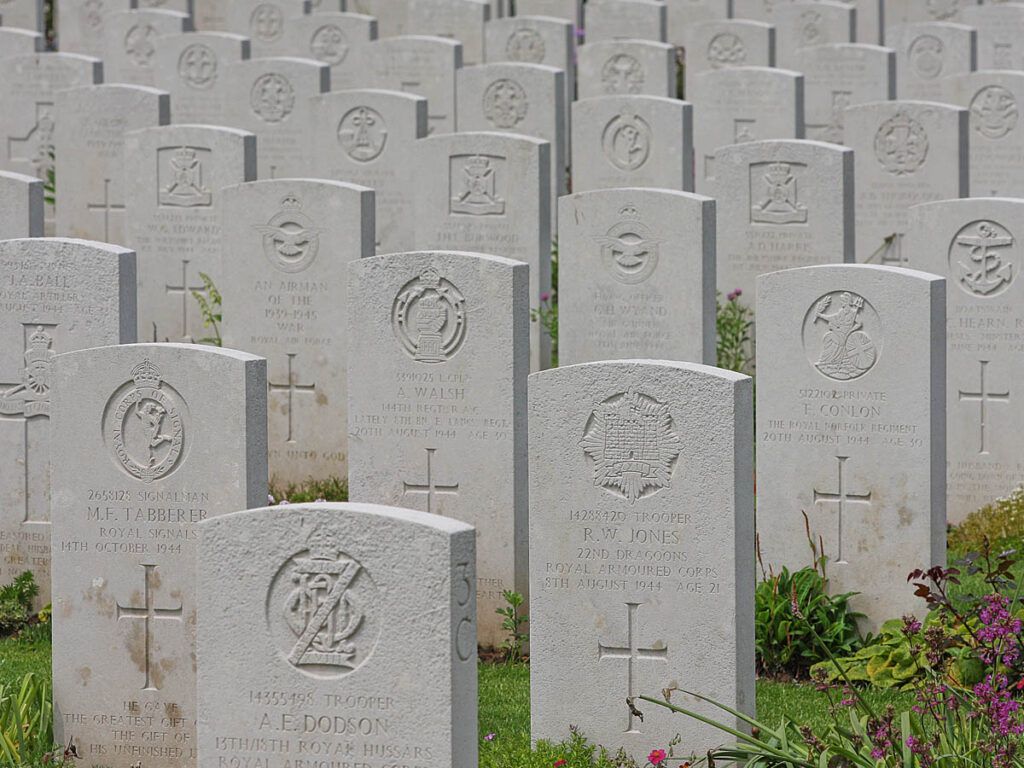
Bayeux Tapestry and William the Conqueror
In the heart of Bayeux’s charming Old Town, you’ll find the remarkable Bayeux Tapestry Museum. This 230-foot embroidered cloth tells the story of William the Conqueror and the Norman Conquest of England in 1066.
The tapestry features 58 scenes with Latin inscriptions, showing everything from preparations for war to the Battle of Hastings. It’s an incredible medieval artwork that has survived nearly 1,000 years.
The museum provides audio guides that explain each scene as you move along the display. This attraction offers a fascinating contrast to the WWII sites, connecting you to an earlier chapter of Norman history.
Normandy American Cemetery and Colleville-sur-Mer
About 20 minutes by car from Bayeux, the Normandy American Cemetery in Colleville-sur-Mer is a deeply moving experience. This immaculately maintained cemetery contains the graves of 9,388 American soldiers who lost their lives during the D-Day landings and subsequent operations.
The cemetery overlooks Omaha Beach, one of the main D-Day landing sites. The visitor center provides context through exhibits, films, and personal stories of the men and women who served.
The rows of white crosses and Stars of David against the green lawn create a powerful visual reminder of sacrifice. Try to attend the flag-lowering ceremony if your timing allows.
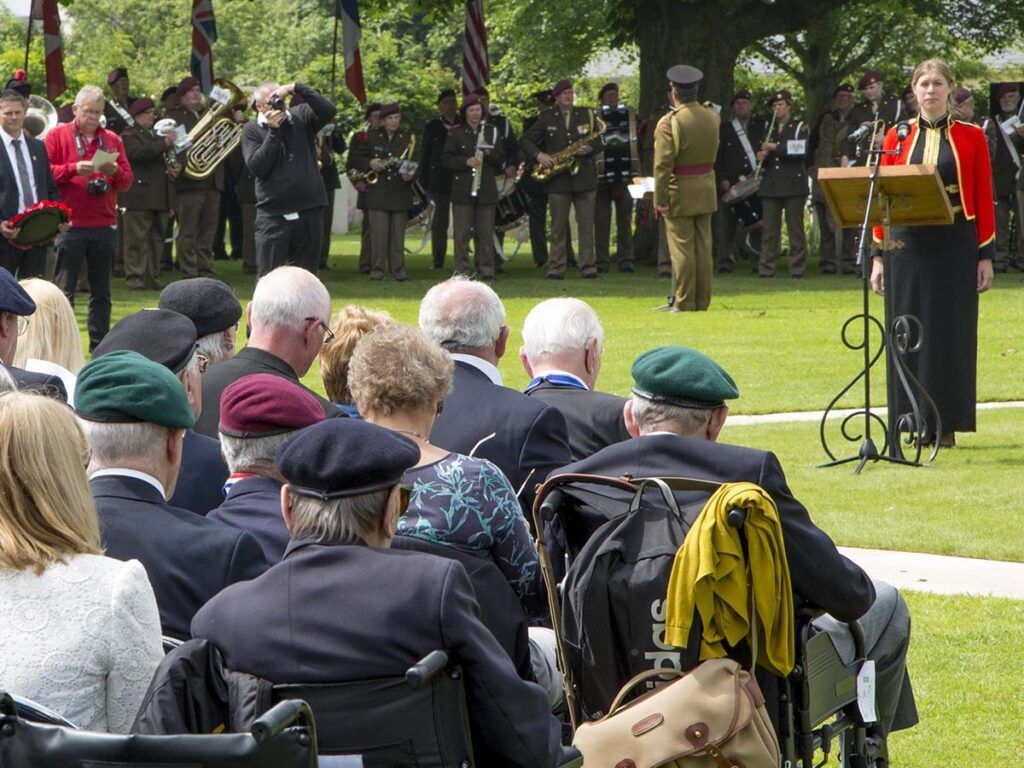
The International Scope
Bayeux War Cemetery stands as a powerful testament to the multinational nature of the Allied forces during World War II. The cemetery’s grounds represent soldiers from numerous countries who made the ultimate sacrifice for freedom.
Commonwealth and International Soldiers
The Bayeux War Cemetery is the largest Commonwealth cemetery of the Second World War in France. You’ll find 4,144 Commonwealth burials here, with 338 of them unidentified. As you walk among the headstones, you’ll notice they represent soldiers from various nations.
The majority are British servicemen, but you’ll also discover Canadian, Australian, New Zealand, and South African graves. Each headstone tells a story of sacrifice far from home.
Beyond Commonwealth forces, the cemetery contains over 500 graves of other nationalities. Look for the distinctive markers that indicate different countries of origin.
When you visit, take time to observe the headstone inscriptions. Many families added personal messages that provide glimpses into the lives of these young men.
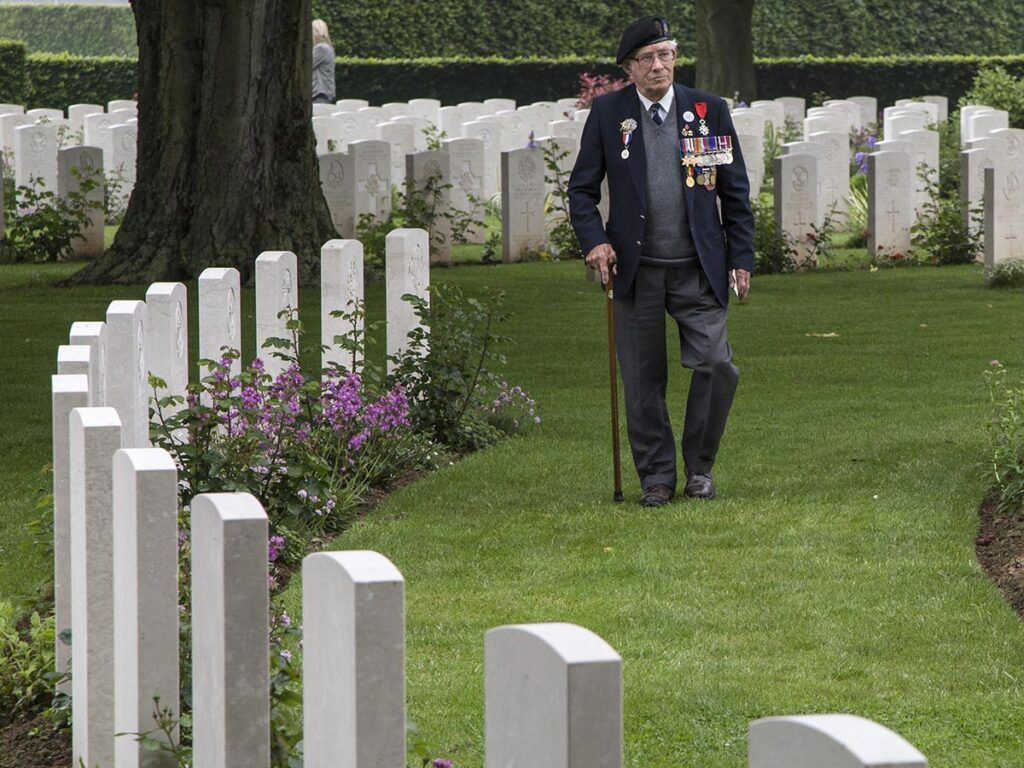
Moments of Reflection at the Cemetery
Visiting Bayeux War Cemetery offers you a powerful opportunity for quiet reflection. This peaceful resting place contains nearly 4,000 Commonwealth burials, making it the largest British WWII cemetery in France.
As you walk among the rows of headstones, take time to read the epitaphs. These personal messages from families add a touching dimension to your visit. Many visitors find themselves deeply moved by these simple yet profound inscriptions.
The central memorial stands as a focal point for contemplation. You’ll notice it’s often adorned with wreaths and personal notes from families of the fallen. This rock monument serves as a gathering spot for both official ceremonies and private moments of remembrance.
The cemetery’s peaceful atmosphere creates a stark contrast to the violence that occurred on the nearby D-Day beaches. The immaculately maintained grounds invite you to sit and reflect on the sacrifices made by so many young men.
Many travelers mention how the experience changes them. “Time for reflection” appears consistently in visitor reviews, highlighting the cemetery’s impact on those who visit.
If possible, try to visit during early morning or late afternoon when fewer tour groups are present. These quieter hours allow for more meaningful personal reflection.
Remember to sign the visitor’s book before you leave. This simple act connects you with others who have come to honor the memory of those who gave their lives for freedom.

